 Abraham Lincoln
If given the truth, the people can be depended upon to meet any national crisis...
Abraham Lincoln
If given the truth, the people can be depended upon to meet any national crisis...
 Guildford news...
for Guildford people, brought to you by Guildford reporters - Guildford's own news service
Guildford news...
for Guildford people, brought to you by Guildford reporters - Guildford's own news service
Birdwatcher’s Diary No.302
Published on: 18 Apr, 2024
Updated on: 18 Apr, 2024
By Malcolm Fincham
The weather began to improve slightly as we entered the first week of April in the southern counties of the UK.
Although overcast for the most part, more settled, warmer air was attempting to push up from the Continent bringing temperatures up into the mid to high teens centigrade.
Reports of a few more species of summer visiting birds arriving on our shores added to the reassurance that spring had at last arrived. Giving me some enthusiasm to get out and find a few.
Locally, the fluty sounds of blackbirds could still be heard singing about the countryside.
Now joined by the more repetitive sounds of the song thrush.
On April 2 at the Riverside Nature reserve near Burpham, I was able to view and photograph my first few male orange- tip butterflies of the year that had just begun to emerge.
Also adding several green-veined white butterflies that were now on the wing.
At first sight, and from a distance, I thought them to be female orange-tips, but closer inspection showed their veined markings on their underwings.
A variety of other winged insects could also be noted. Although many too far beyond my knowledge to put names to.
I could be quietly (though not totally) confident that one I photographed was a common banded hoverfly. If correct, it can be seen in many habitats from gardens to woodlands.
Although it must be said that “many hoverflies are very difficult to identify, requiring a microscope to look at tiny characters, such as the shape of the veins in the wings”.
Another ‘critter’ that took my attention was what I believe to be an alder leaf beetle. The alder leaf beetle was considered extinct in Britain with almost no records of it between 1946 and 2003.
Sticking to what I know best, at least for the time being, several blackcaps could now be heard in song along the riverside.
Often interrupted by the abrupt sound of one of several Cettis warblers calling from within a dense thickets.
Along the boardwalk a male reed bunting could occasionally be heard in song.
While those crafty jays, having already built their nests, were already looking out for others vulnerable enough to raid so as to feed their young.
A kestrel continued to be seen hunting over the reserve.
And a sparrowhawk could to be regularly viewed.
Trees and shrubs had suddenly begun to sprout into leaf at their individual swiftness, as we progressed though the first weeks of the month, adding a fresh green hue to parts of the countryside. Even the hawthorns, already in leaf, had begun to show signs of blossom as the weeks advanced.
Along the towpath greater stitchwort could now be seen flowering.
In a flooded area across the River Wey, two little egrets could be regularly viewed during the first weeks of the month.
And several cormorants continued to visit the river to fish.
Adding to my butterfly sightings there on April 11 was a female orange-tip butterfly.
Also adding a small white butterfly to this year’s sightings.
While on the same day as many as seven red kites could be viewed hunting among the gulls and corvids near the Slyfield recycling centre.
A few swallows could be seen hawking insects over the sewage works by Stoke Lock.
A female mandarin duck was seen flying over Stoke Lake.
While several common buzzards continued to be observed over the reserve.
On a visit to Whitmoor Common on April 5, in the woodland areas nuthatches could be heard constantly calling, even getting a rare photo, for me, of two together perched on individual branches on one of the surrounding trees.
And great spotted woodpeckers continued to be active about the canopies.
Out on the heathland just a few days later, I managed to see and photograph my first common whitethroat of the year.
Also getting a photo of a Dartford warbler on one of the many gorse bushes now in flower.
As well a chiffchaff flitting about the gorse.
Linnets could now be seen in small groups, now colouring up into their summer plumages.
Also finally adding of photo of my first holly blue butterfly on April 12, having seen them flitting by at previous locations during earlier days of the month. And thus already bringing my count of photographed butterfly species to 10 for this year.
At Britten’s Pond on April 2, I saw my first Egyptian geese parading seven goslings across the water.
I also heard my first willow warbler in song there on April 6, continuing to see it for several days thereafter, before it moved on.
Long-tailed tits, now mostly paired up, could still be observed around the pond.
While several of the blackcaps there had already paired up too, recognising the females by their copper-coloured head caps.
A pair of coots had already built their nest and the female had nestled herself upon it.
A few chiffchaffs continued to be heard, but their once continuos calls had lessened.
I also got my first photo of a comma butterfly of this year while there.
As well as adding a first of the year of a speckled wood butterfly.
A couple of visits to Thursley Common in the company of Bob and Dougal during the first weeks of April added a some bonus sightings to our year lists, and even a life sighting to our lepidopterist list on our visit on April 6.
It was a surprise to us all to see our first ever emperor moth while traversing the heathland.
It was also the more colourful and smaller male of the species. It appeared to be taken by something about the fleece jacket Bob was wearing?
Allowing me a few photos as it briefly settled before disappearing back into the surrounding heather. A rare and very magical moment indeed!
We could only assume there was something about the odour Bob that was expressing?! Female moth pheromones perhaps? attracting this male emperor moth to his clothing?
Also that day we added a tawny mining bee just as it was about to disappear into its hole in the sand.
While the sound of a recently arrived common redstart could be occasionally heard singing near the Parish Field.
It wasn’t until our second visit there on April 14, that I was able to get a photo of one of several male common redstarts that could be heard singing.
As well as skylarks singing over and about the heathland. Photographing a lazier one that decided to sing from a post.
Also woodlarks that we had heard during our previous visit. Getting a photo of one that appeared now to be already collecting food for its young,
At the area locally known as ‘shrike hill’ at least four wheatears could be viewed.
While earlier that day the first calling cuckoo of the year had been heard.
A few common lizards had begun to make an appearance along the boardwalks to bask in the warmth of the day.
On a common nearby to Thursley at least two newly arrived nightingales could now be heard in song, (although a challenge to photo!), having also ventured from their winter in Africa.
On the nearby Hankley Common, devastated by a heathland fire two summers ago, fauna and flora was slowly starting to make its return.
A common redstart could be heard, in song near the car park.
In an area only partially affected by the fire, a tree pipit had recently arrived and could be viewed and heard in song.
I must say, these birds have always been a delight for me to observe.
Watching it as it sang enthusiastically from the tree it was perched in.
Then launching into the air still singing in flight, letting out its buzzing chain of trills, then descending in scales of notes as it parachuted back down on stiff wings into the top branches of a tree and sounding rather like it had only returned because it’s battery was going flat.
Personally, a true sign of summers arrivals and hopefully one of many iconic sights and sounds to be observed in the weeks of the month to come.
Responses to Birdwatcher’s Diary No.302
Leave a Comment Cancel reply
Please see our comments policy. All comments are moderated and may take time to appear. Full names, or at least initial and surname, must be given.
Click on cartoon for Dragon story: Public Asked for Views on SCC’s Proposal for Reduced Speed Limits




Recent Articles
- Notice: Free Bereavement Support Programme
- Normandy Housing Plan Reignites Concerns Over ‘Damage To Our Community’
- Letter: The Class of 1955 Meets 70 Years On.
- Highways Bulletin: Reimagining Parking with Green Design
- Opinion: Never Have We Needed the Benefits of the Natural World More
- SCC Calls on the Government To Protect the Environment
- Two-Week Road Closure on Portsmouth Road for Gas Network Upgrade
- Charlotteville Cycling Club Organises Another Successful Race Event
- Waverley Council To Bring Green Space Maintenance In-house
- A New Dementia Centre for Guildford



Recent Comments
- Richard Cooke on Letter: Snail-paced Progress for Full Weir Repair
- Bethan Moore on Guildford’s First “Bike Bus”
- Andy Friend-Smith on Guildford’s First “Bike Bus”
- Peter Mills on Guildford’s First “Bike Bus”
- Des Flanders on Making History As Pewley School’s Class of ’54 Hold Their Final Reunion
- Margaret Rotherham on Guildford Festival Burst with Colour, Culture and Community Spirit
Search in Site
Media Gallery
Dragon Interview: Local Artist Leaves Her Mark At One of England’s Most Historic Buildings
January 21, 2023 / No Comment / Read MoreDragon Interview: Lib Dem Planning Chair: ‘Current Policy Doesn’t Work for Local People’
January 19, 2023 / No Comment / Read MoreA3 Tunnel in Guildford ‘Necessary’ for New Homes, Says Guildford’s MP
January 10, 2023 / No Comment / Read More‘Madness’ for London Road Scheme to Go Ahead Against ‘Huge Opposition’, Says SCC Leader
January 6, 2023 / No Comment / Read MoreCouncillor’s Son Starts Campaign for More Consultation on North Street Plan
December 30, 2022 / No Comment / Read MoreCounty Council Climbs Down Over London Road Works – Further ‘Engagement’ Period Announced
December 14, 2022 / No Comment / Read MoreDragon Interview: GBC Reaction to the Government’s Expected Decision to Relax Housing Targets
December 7, 2022 / No Comment / Read MoreHow Can Our Town Centre Businesses Recover? Watch the Shop Front Debate
May 18, 2020 / No Comment / Read More




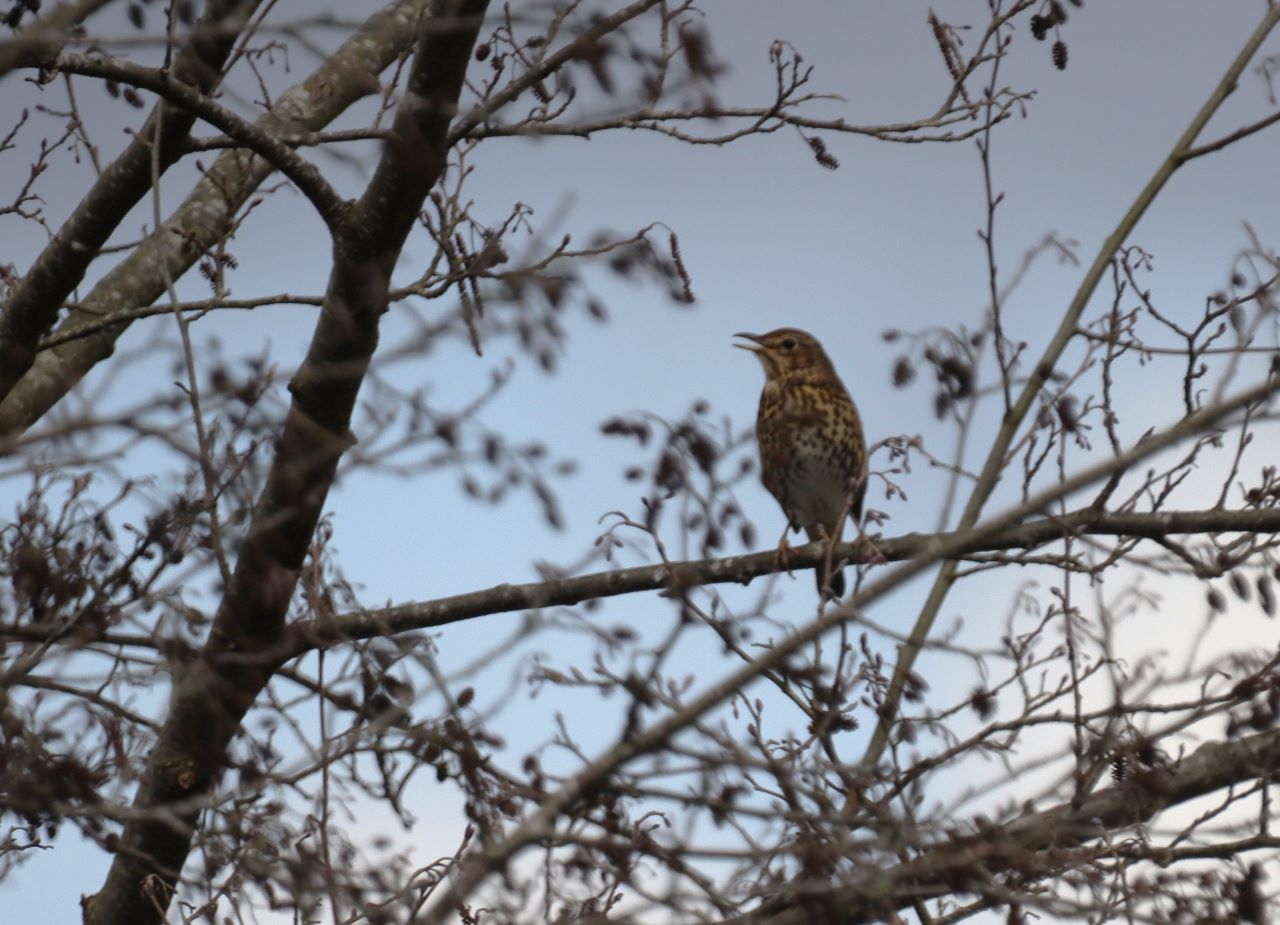
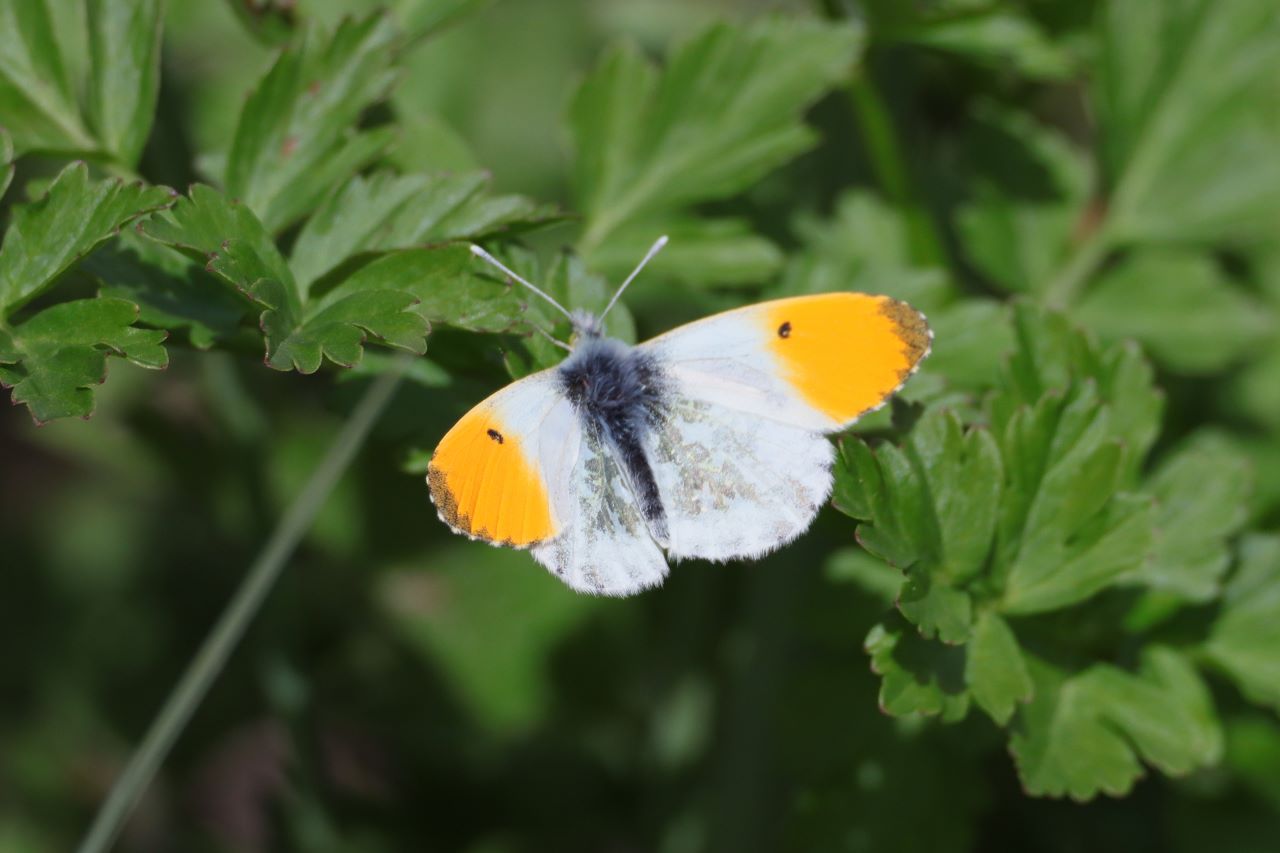
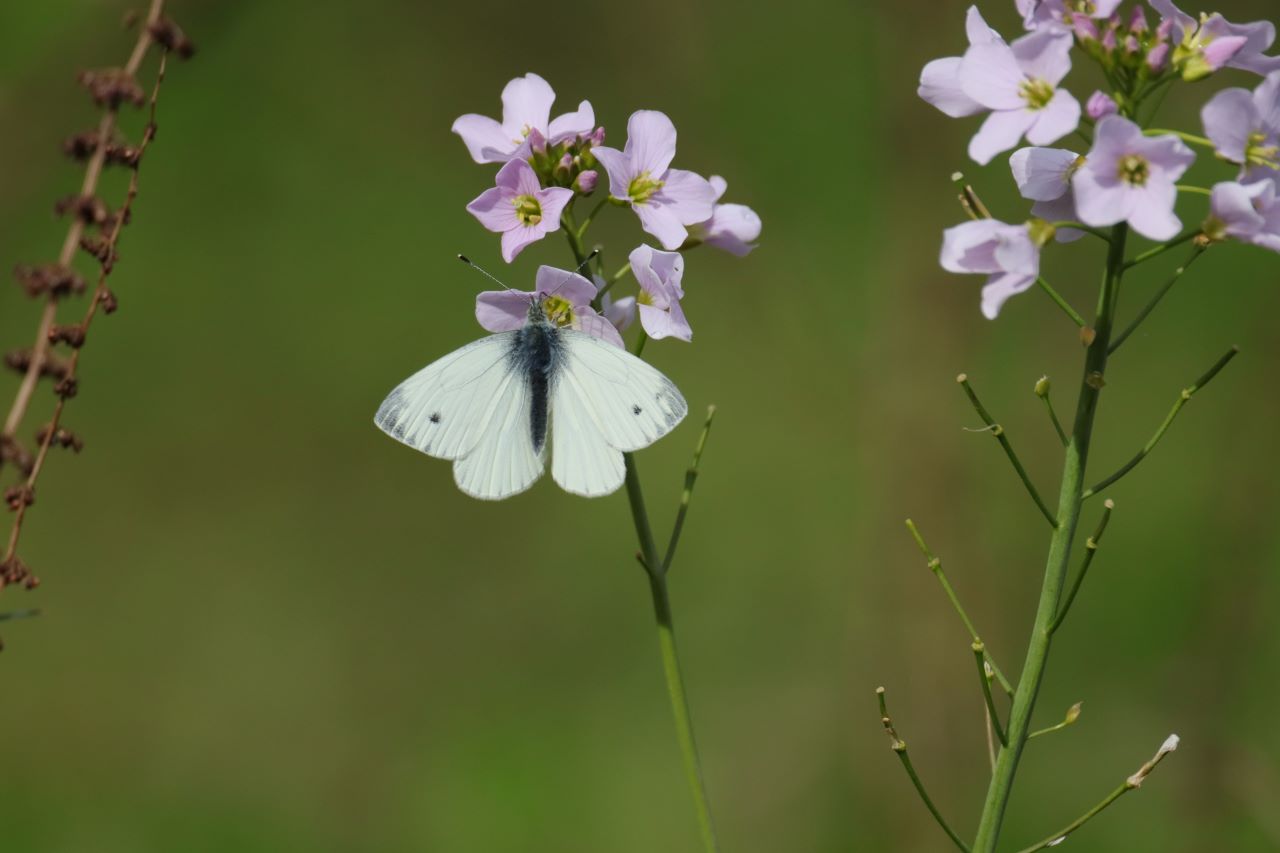

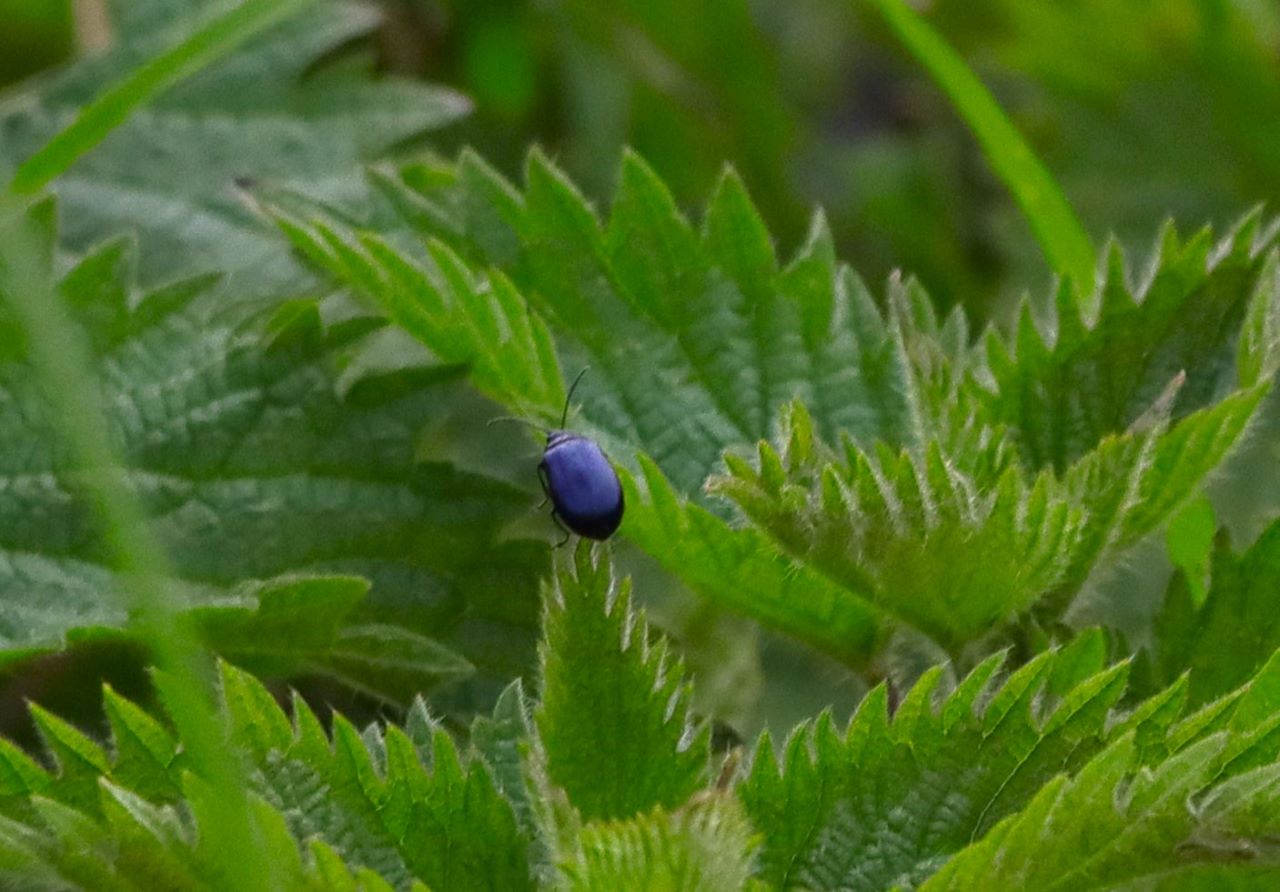
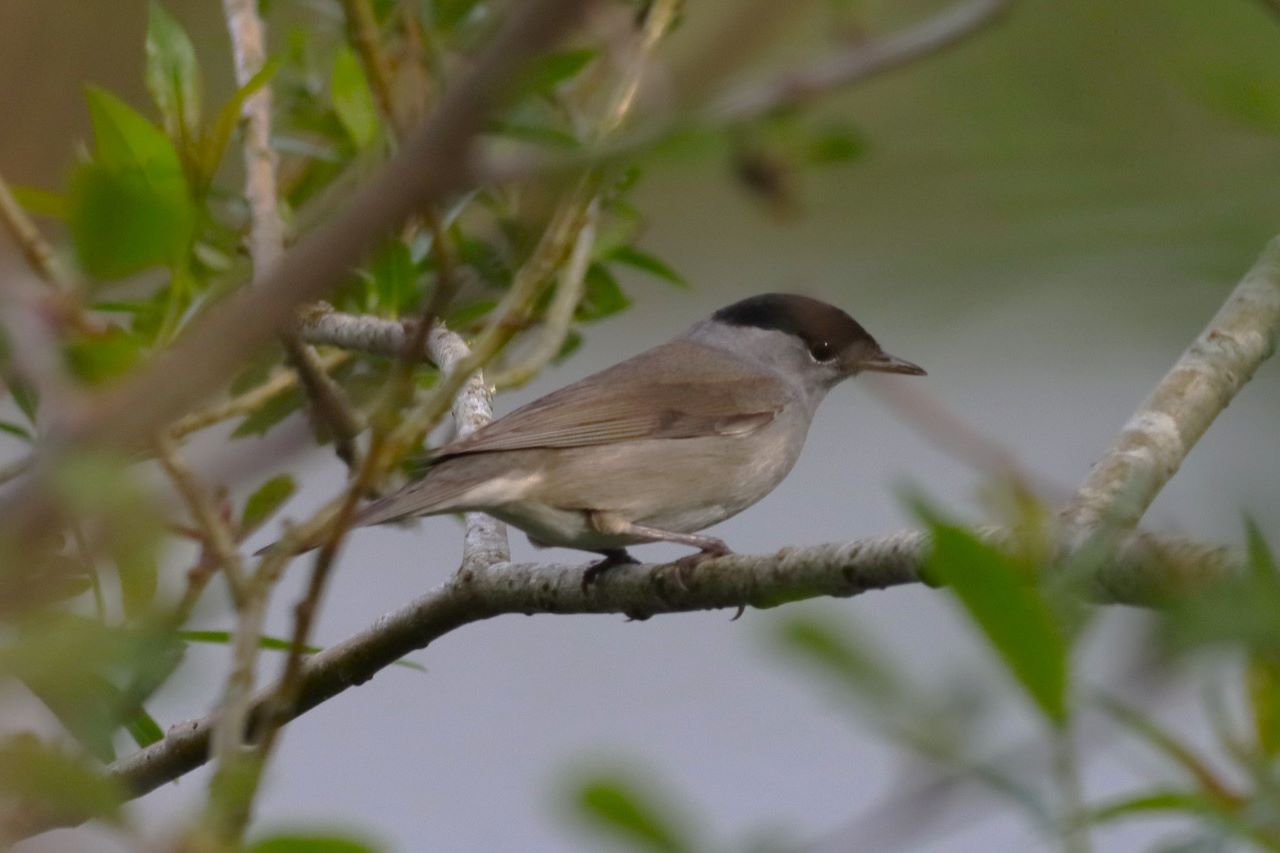
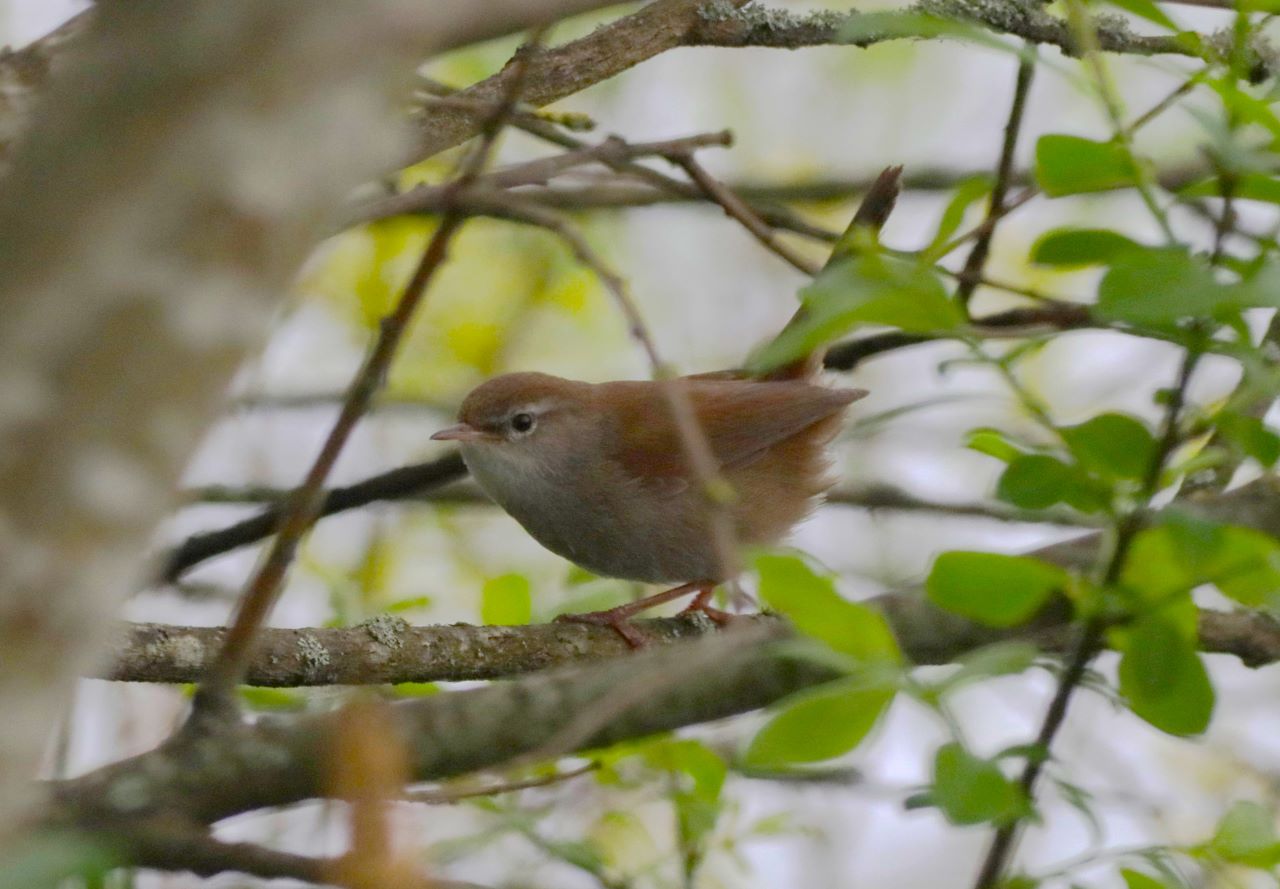


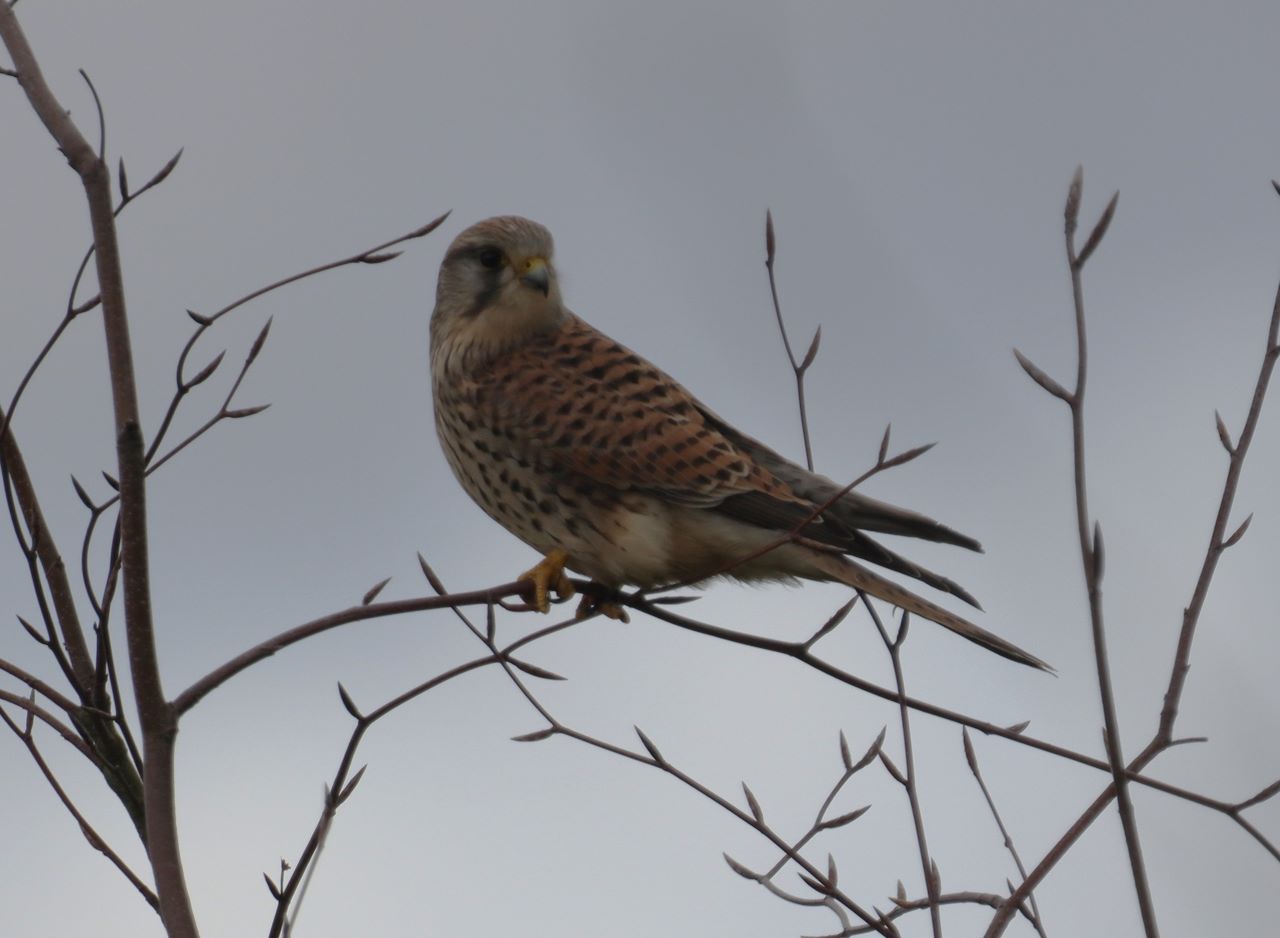
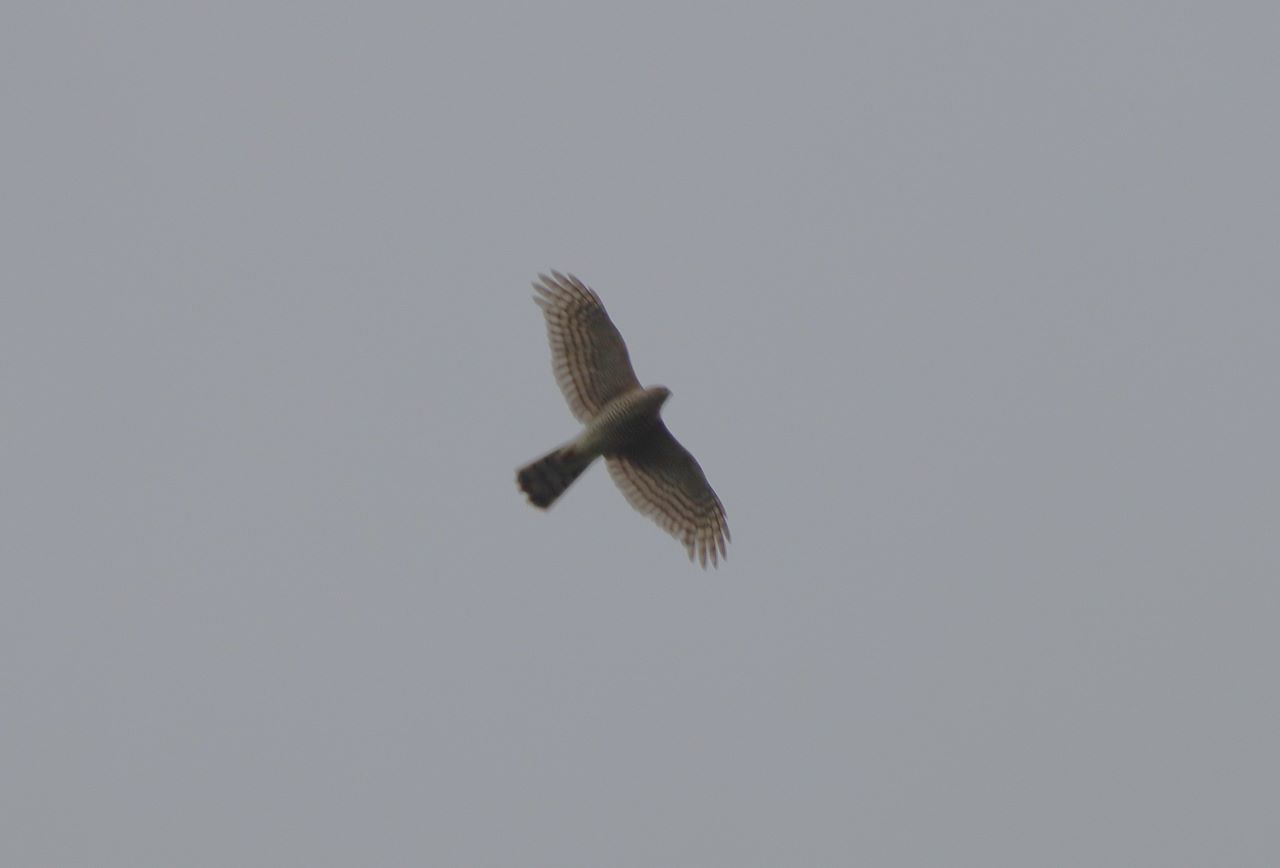
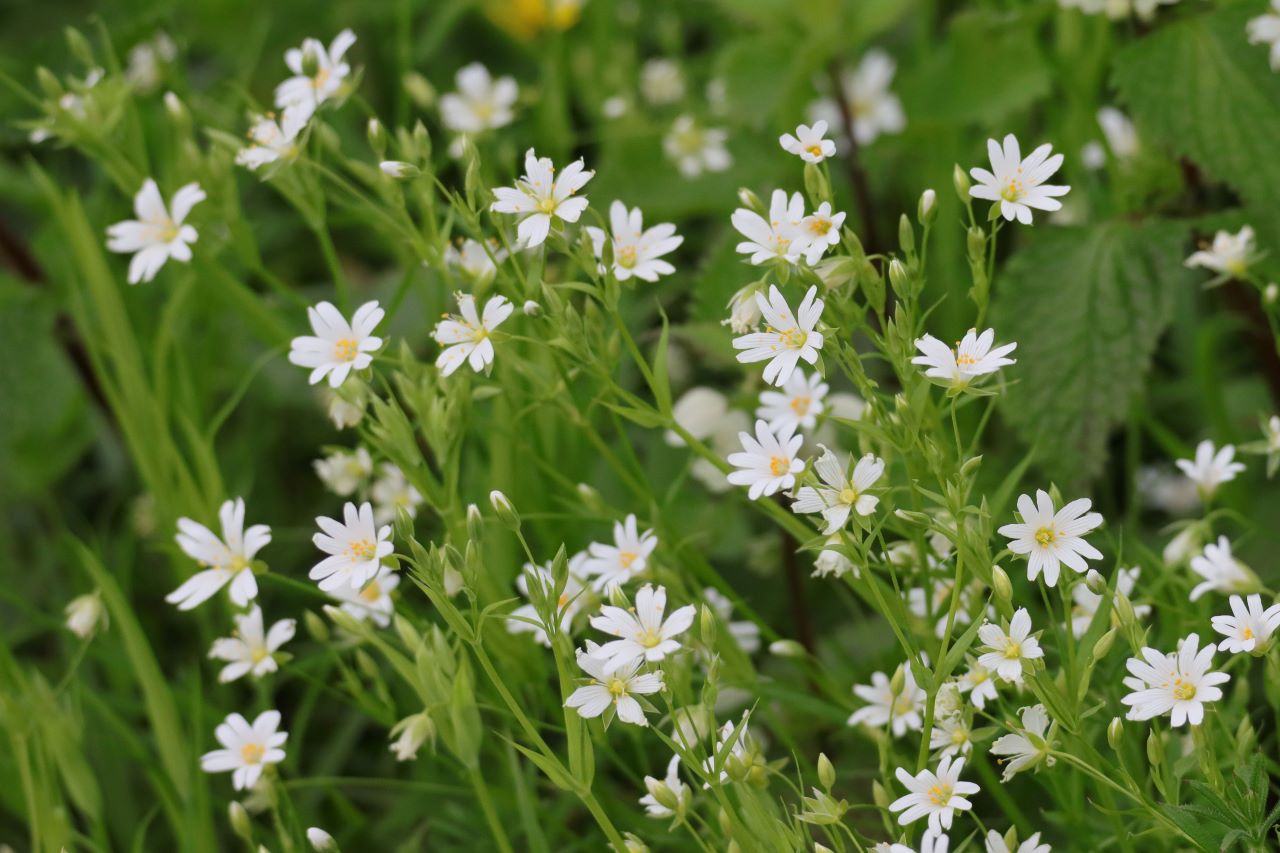
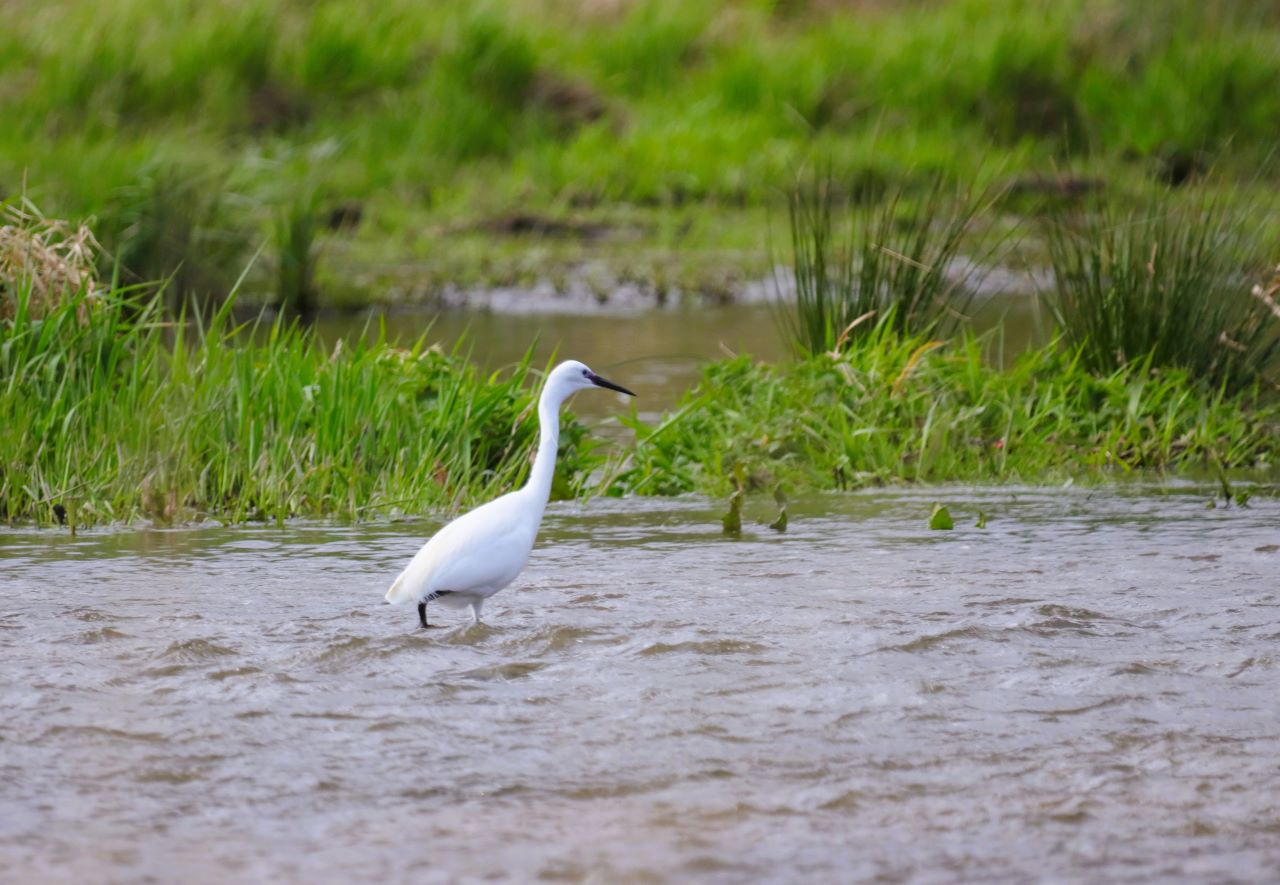
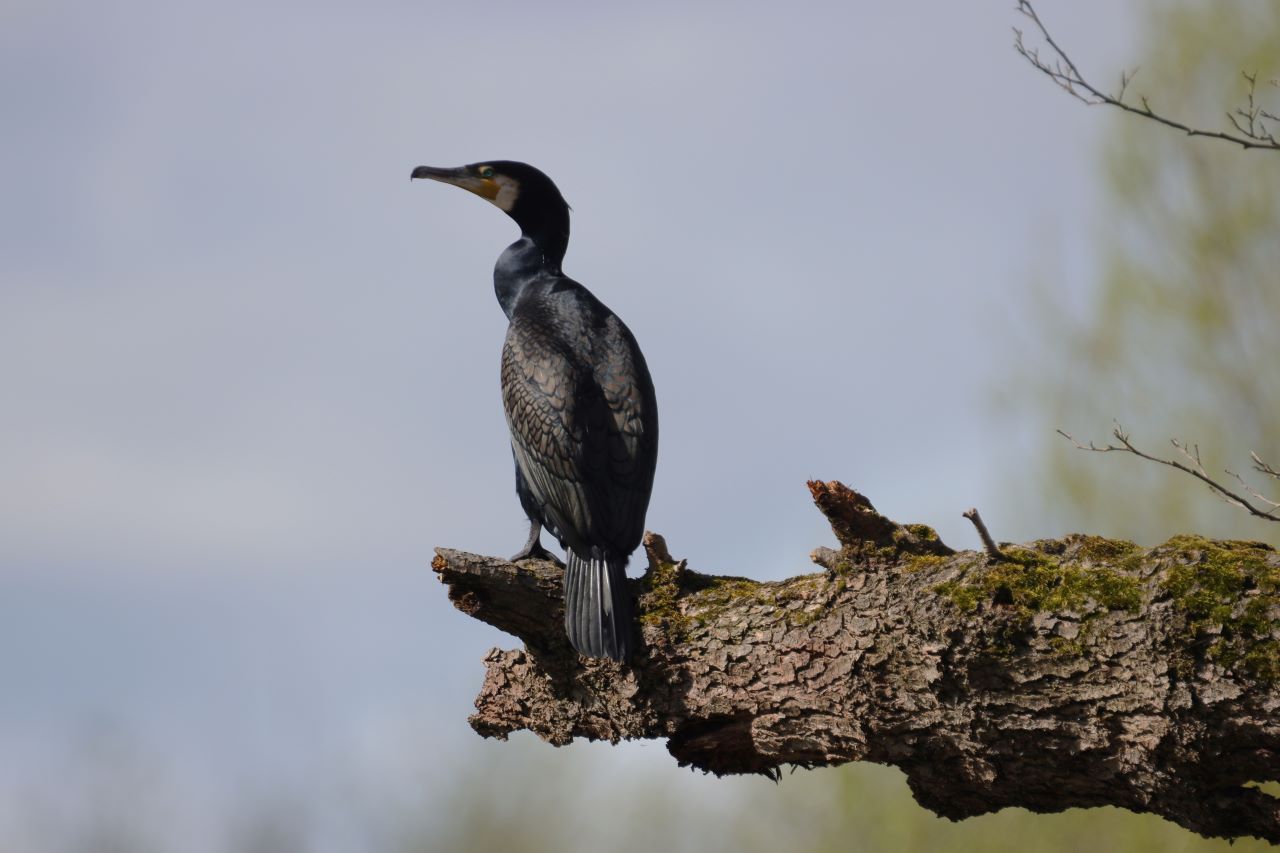
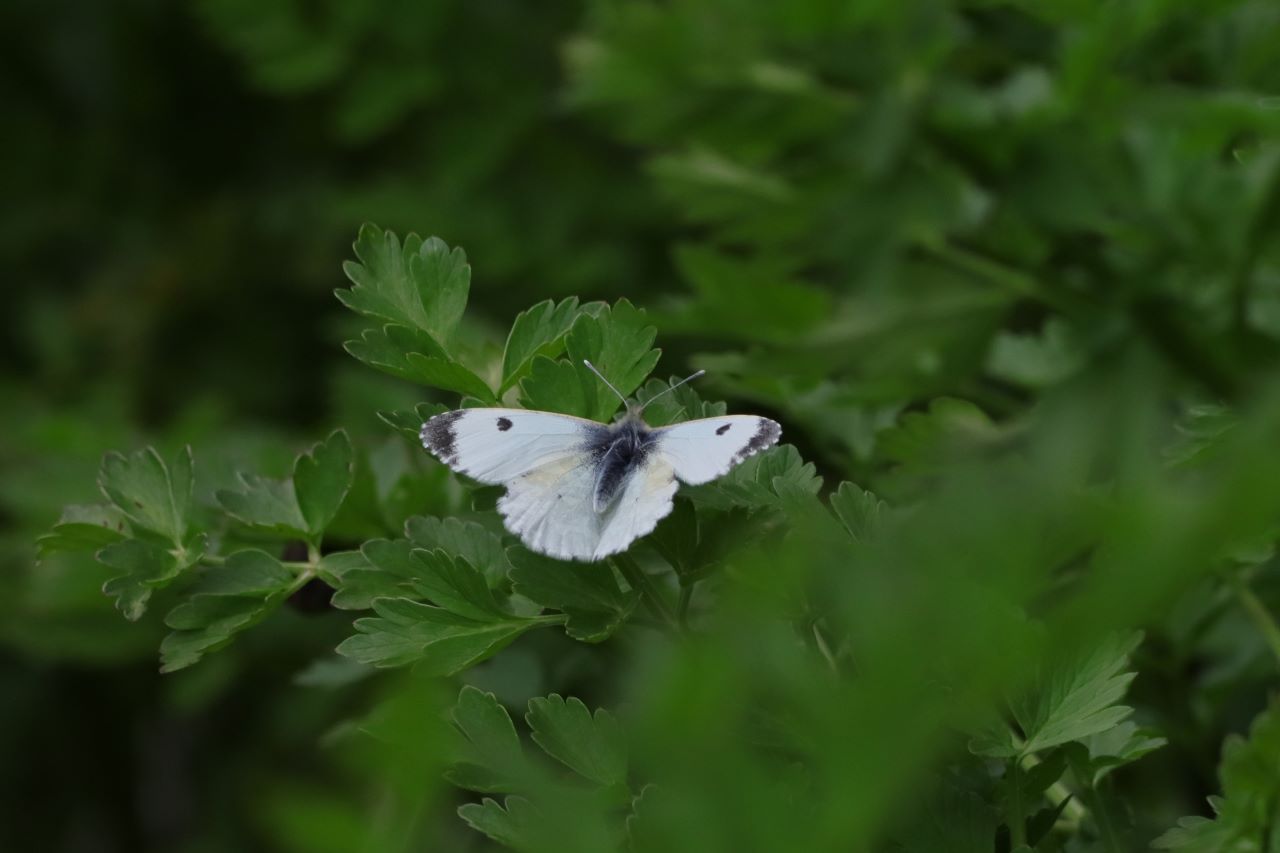


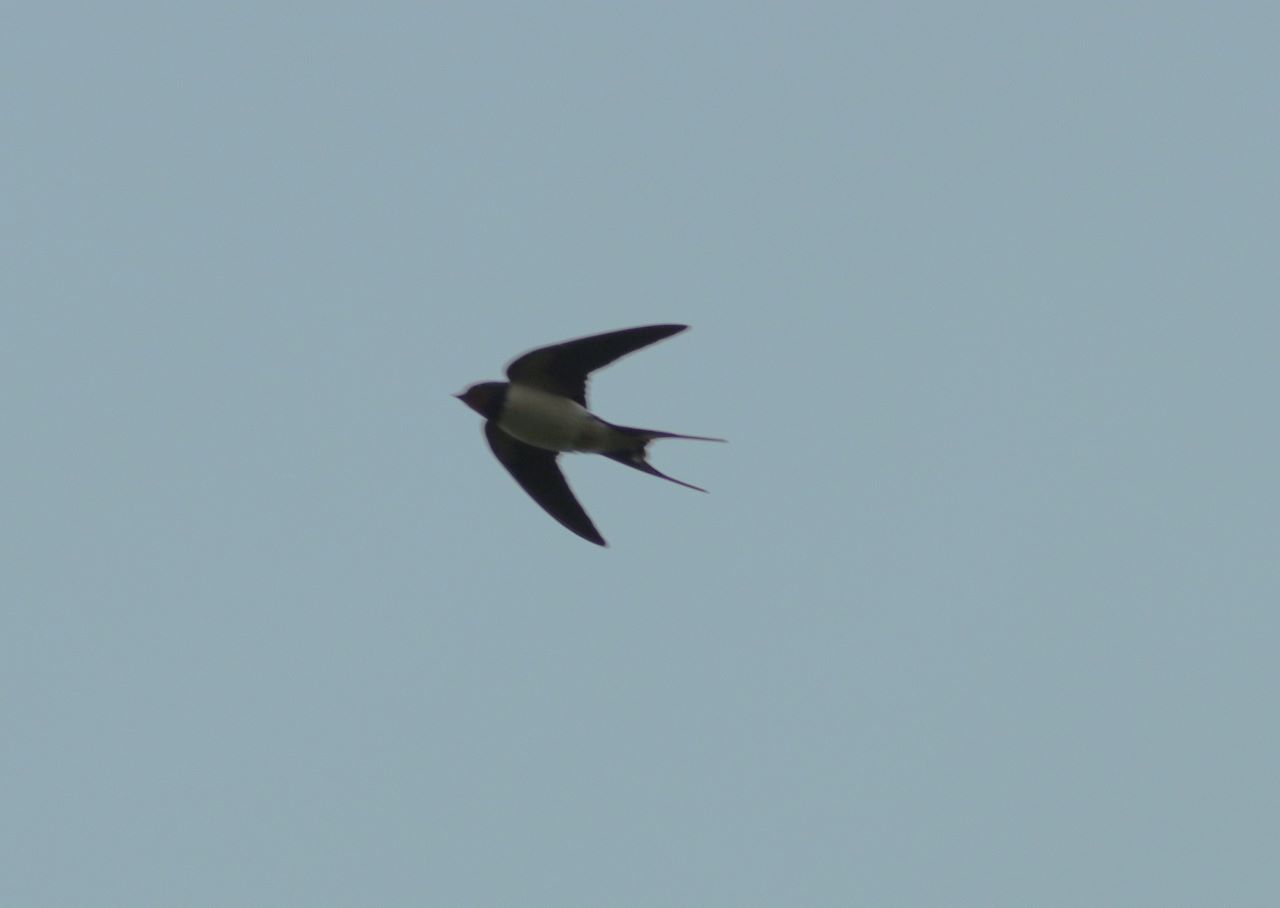
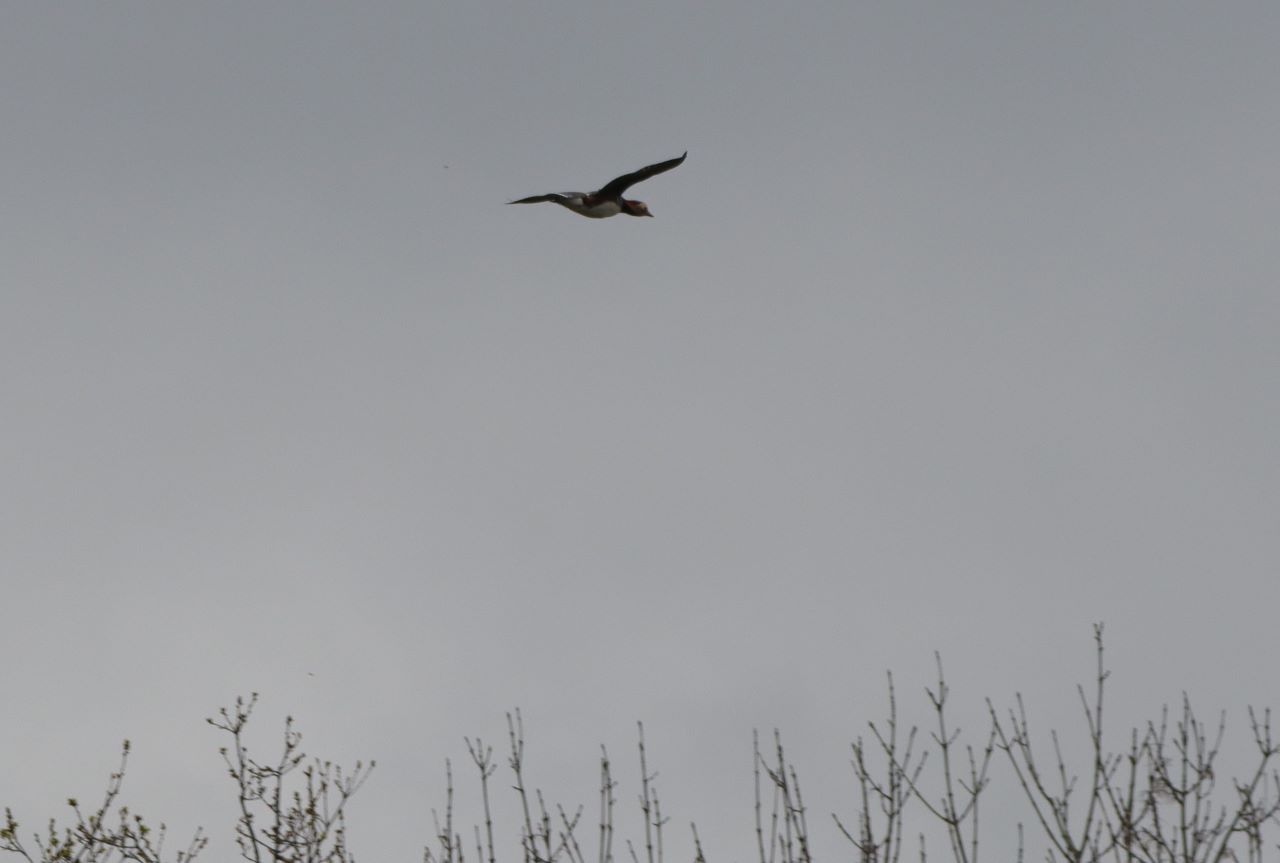
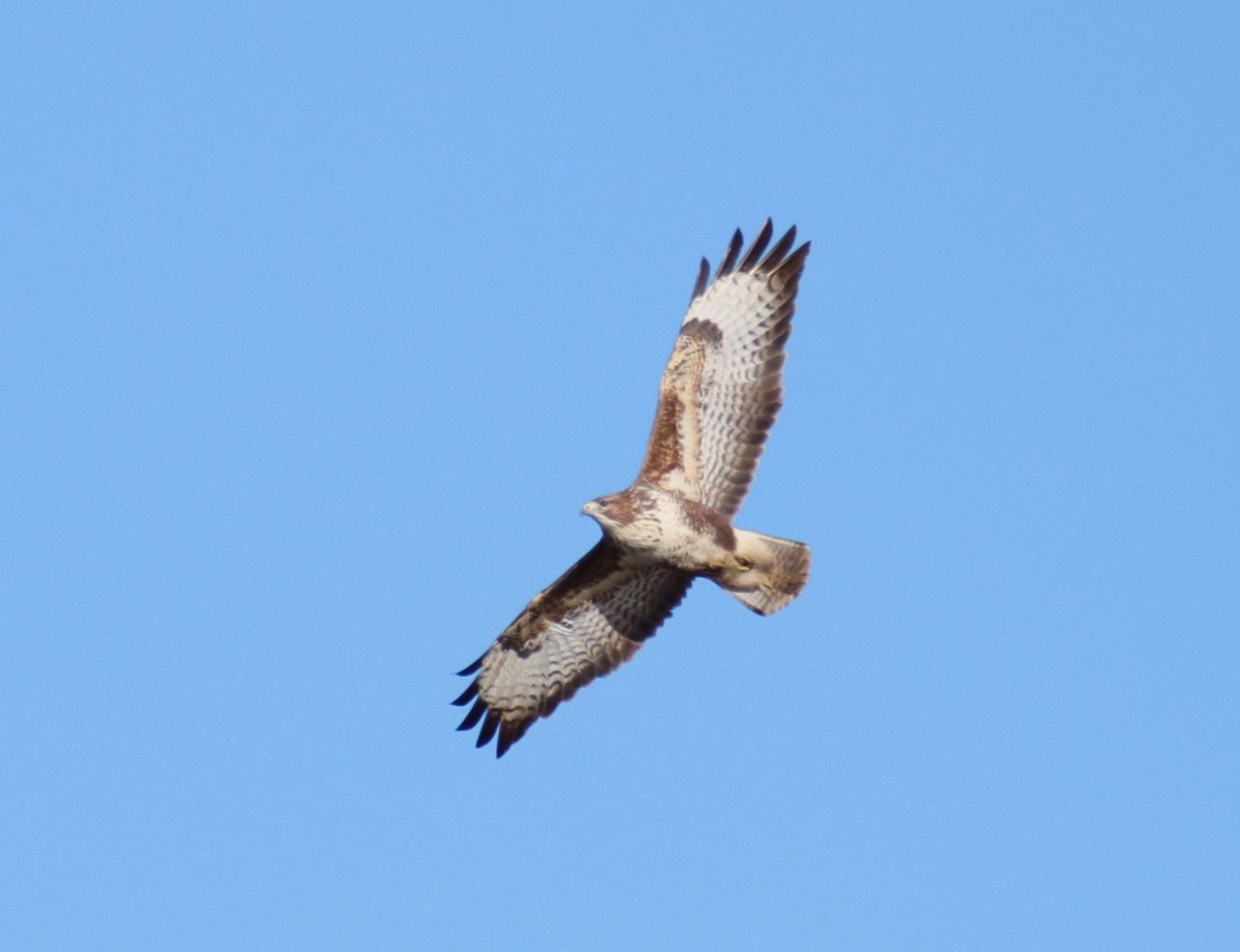
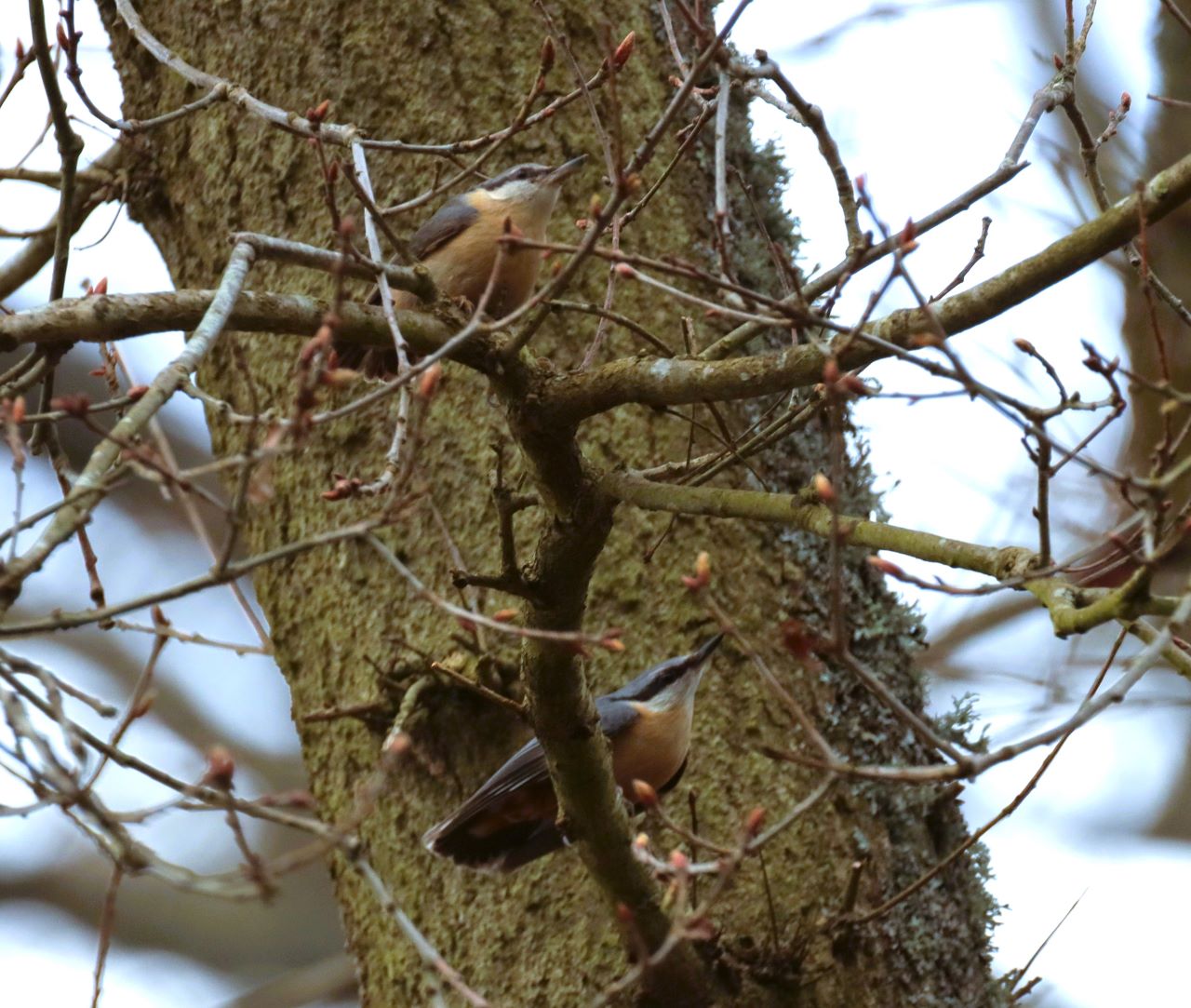
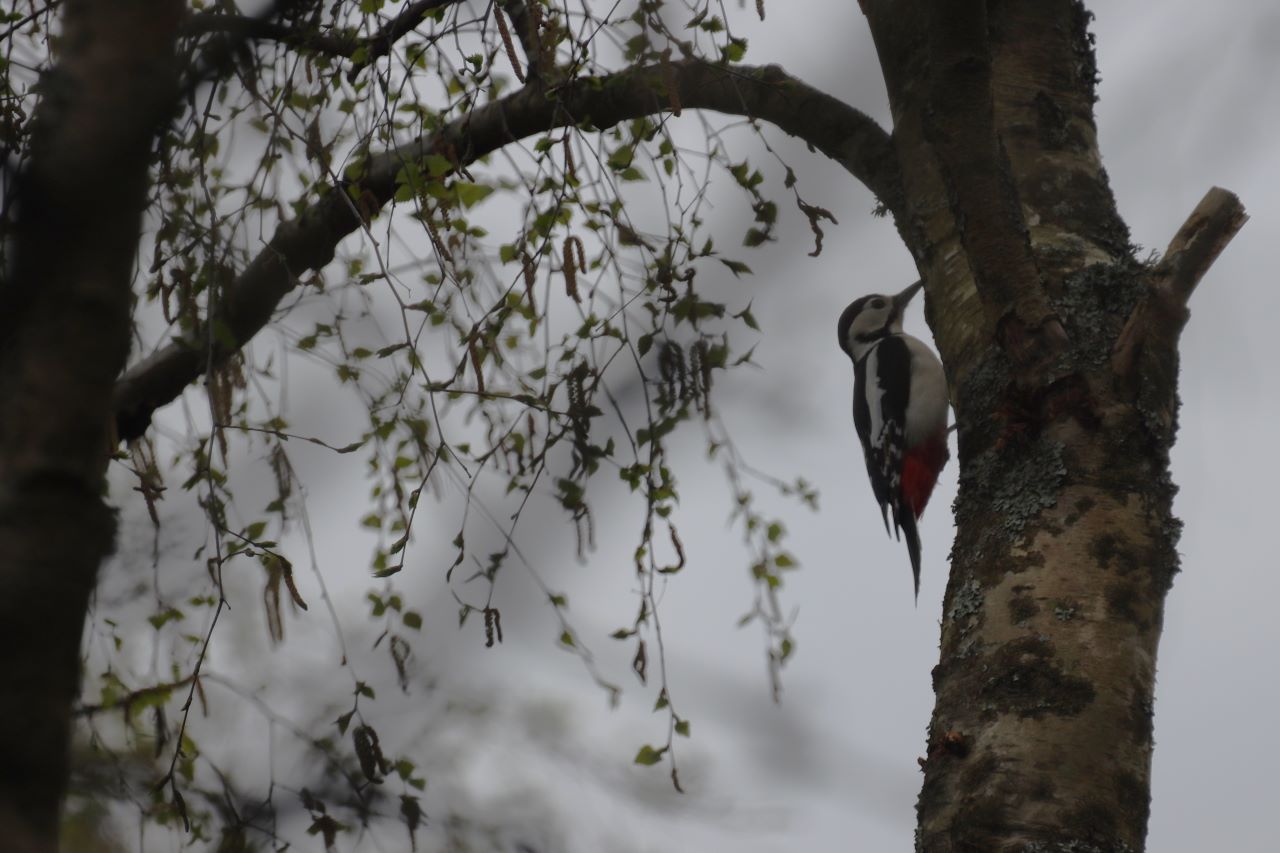
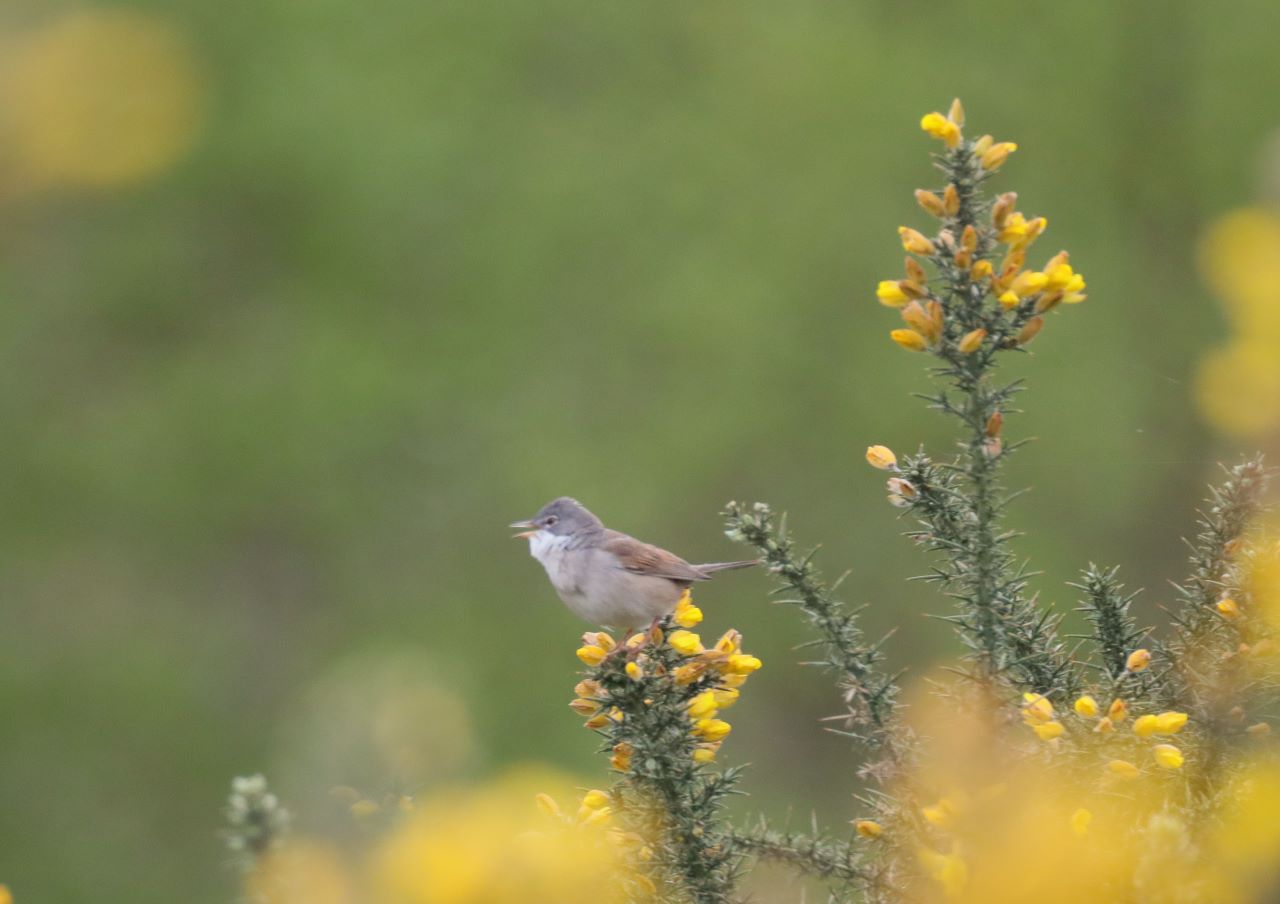
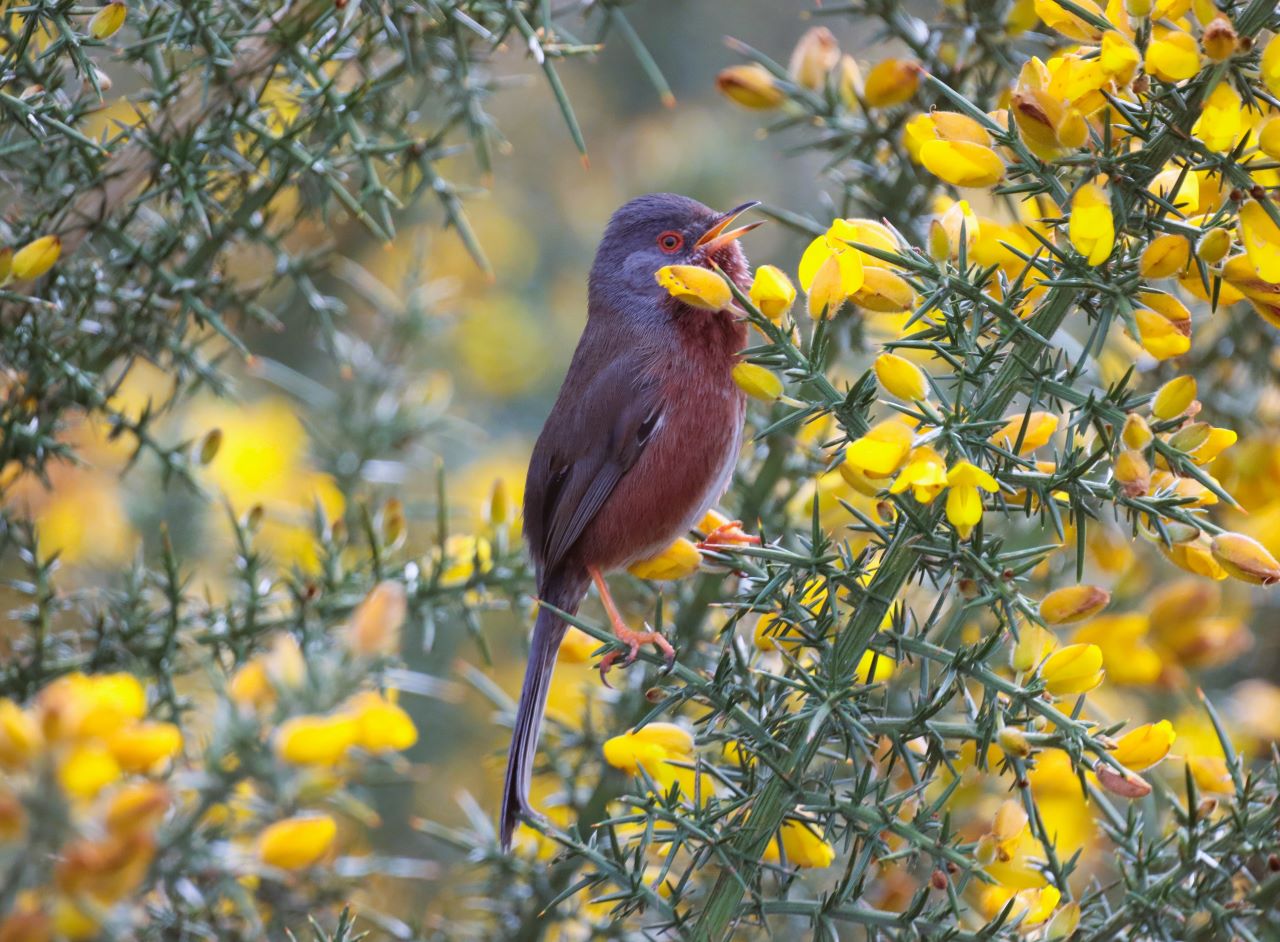
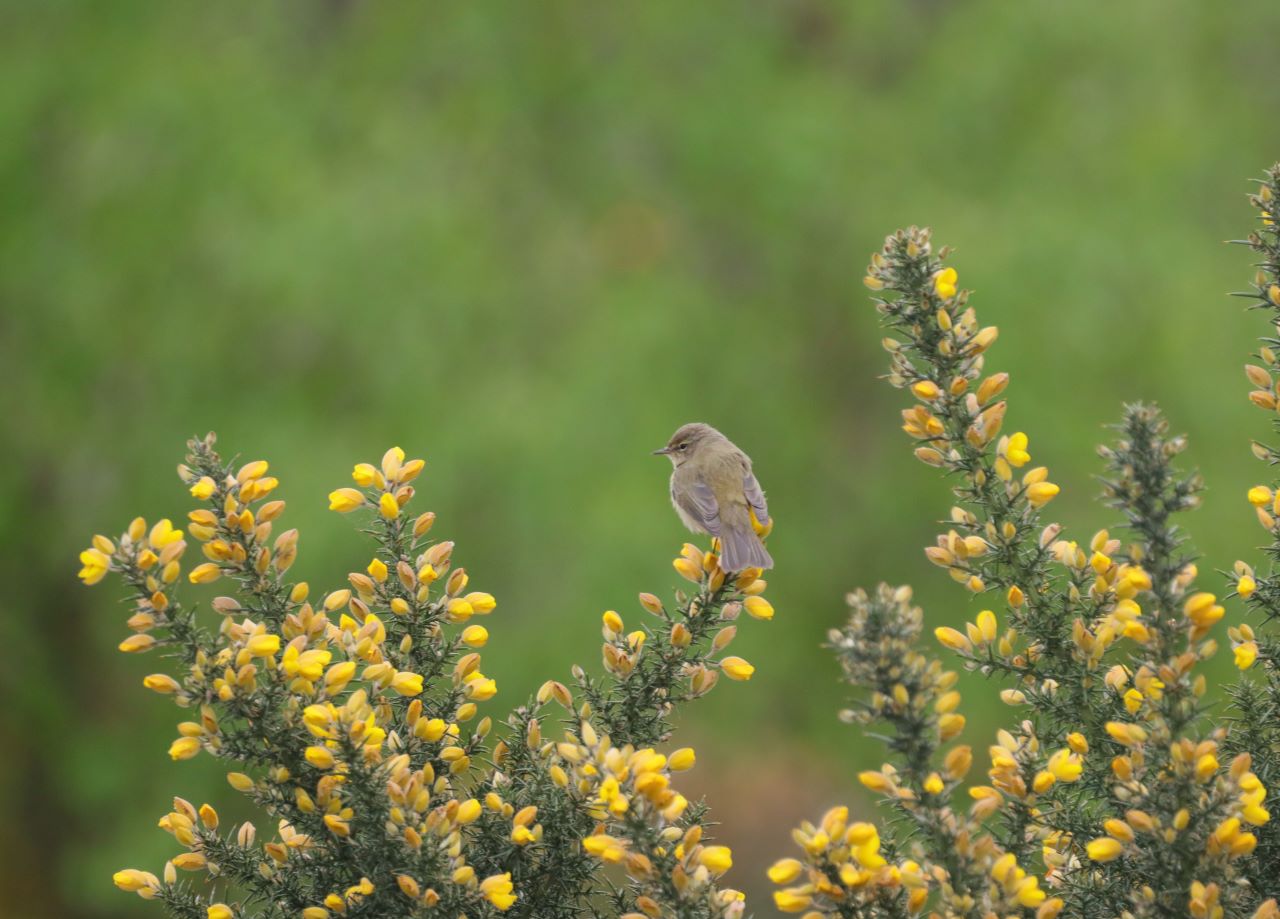

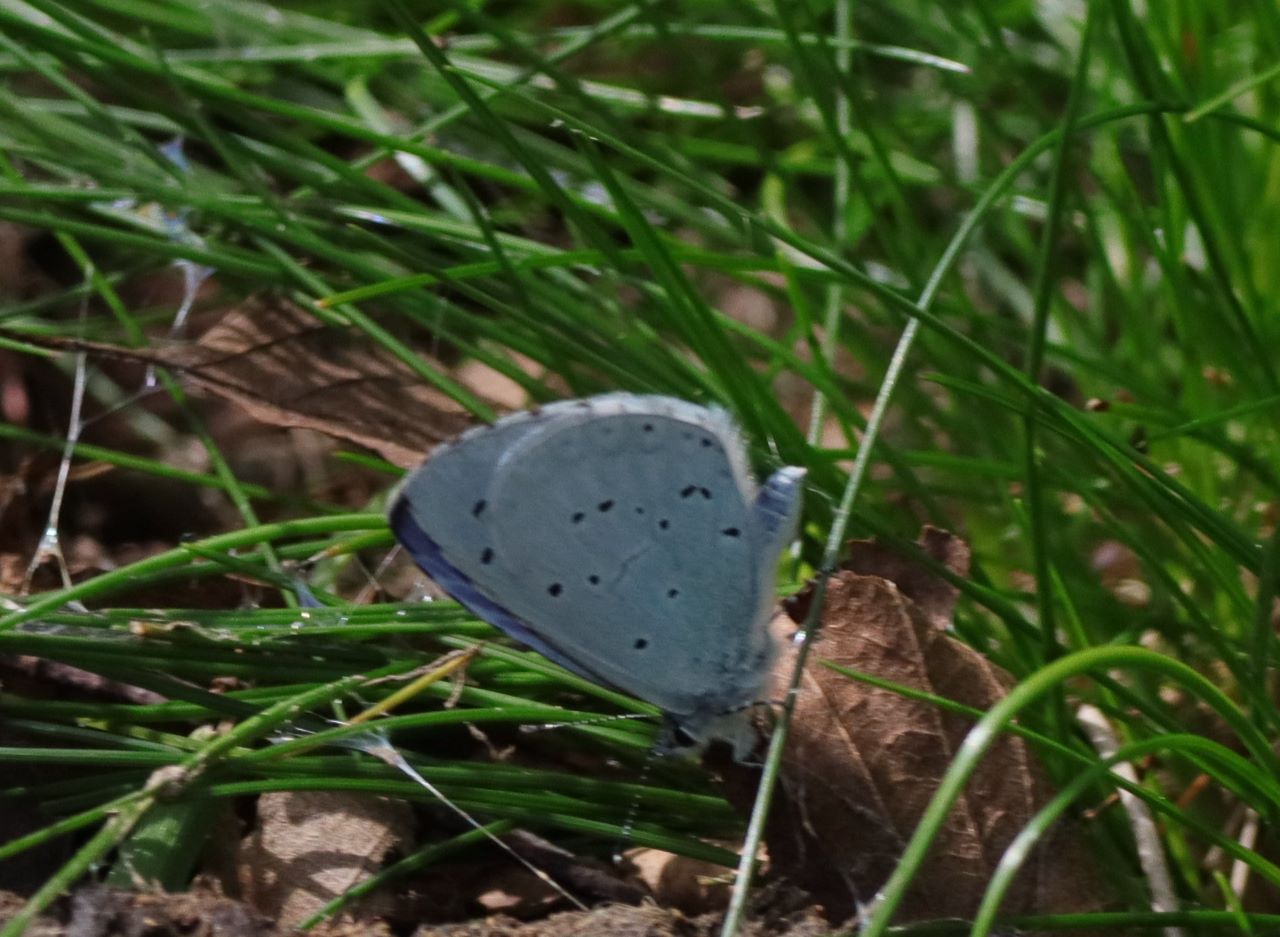

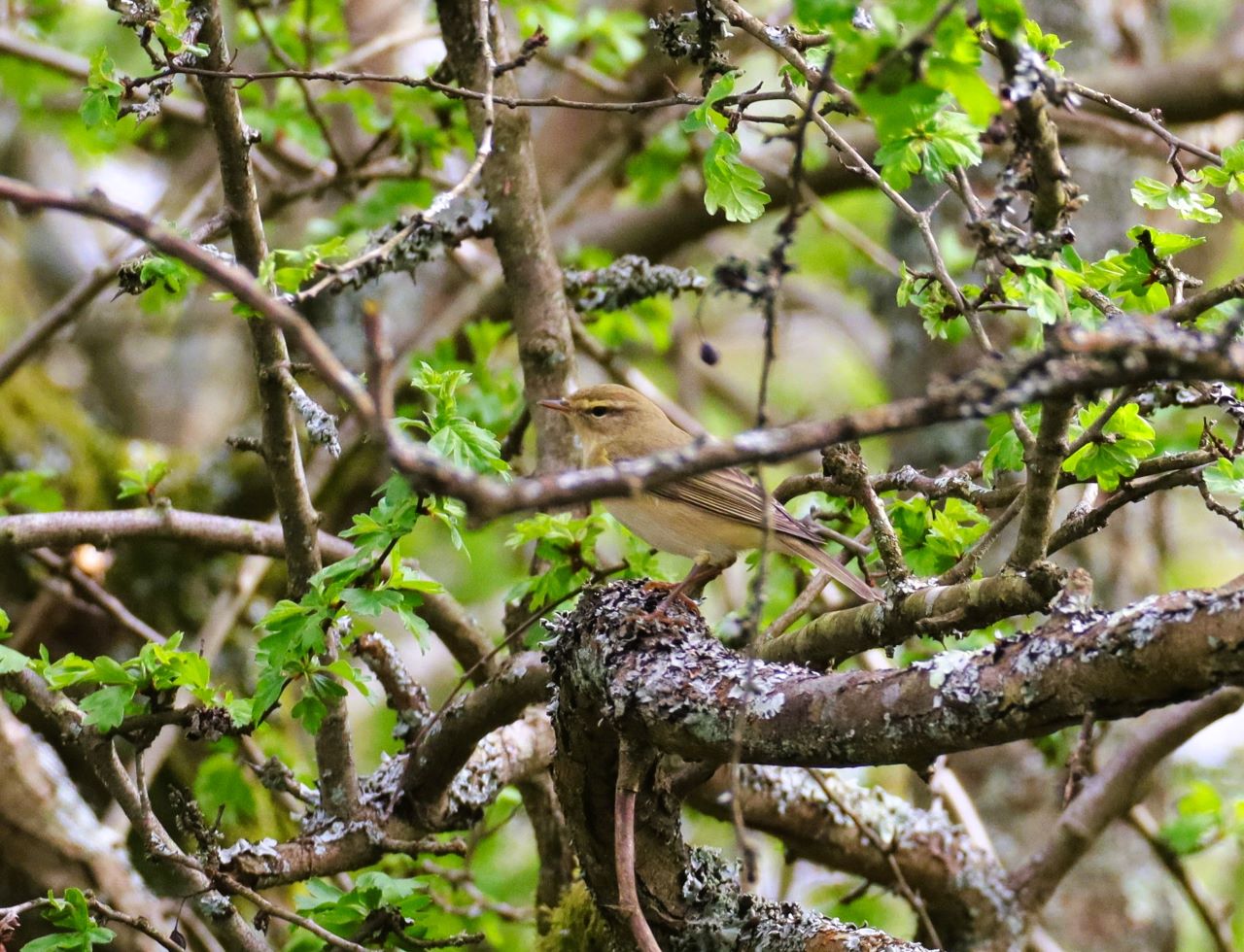

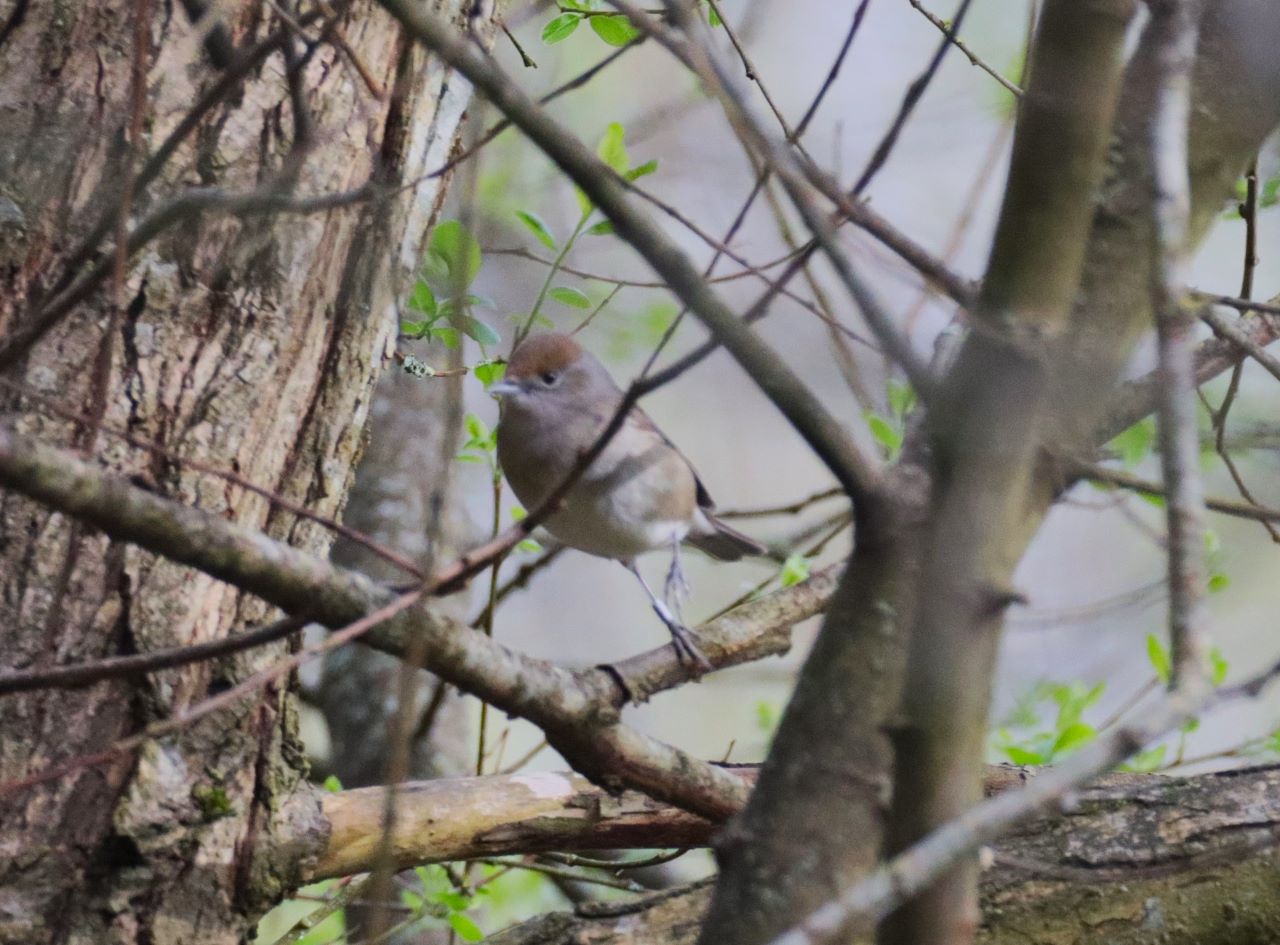
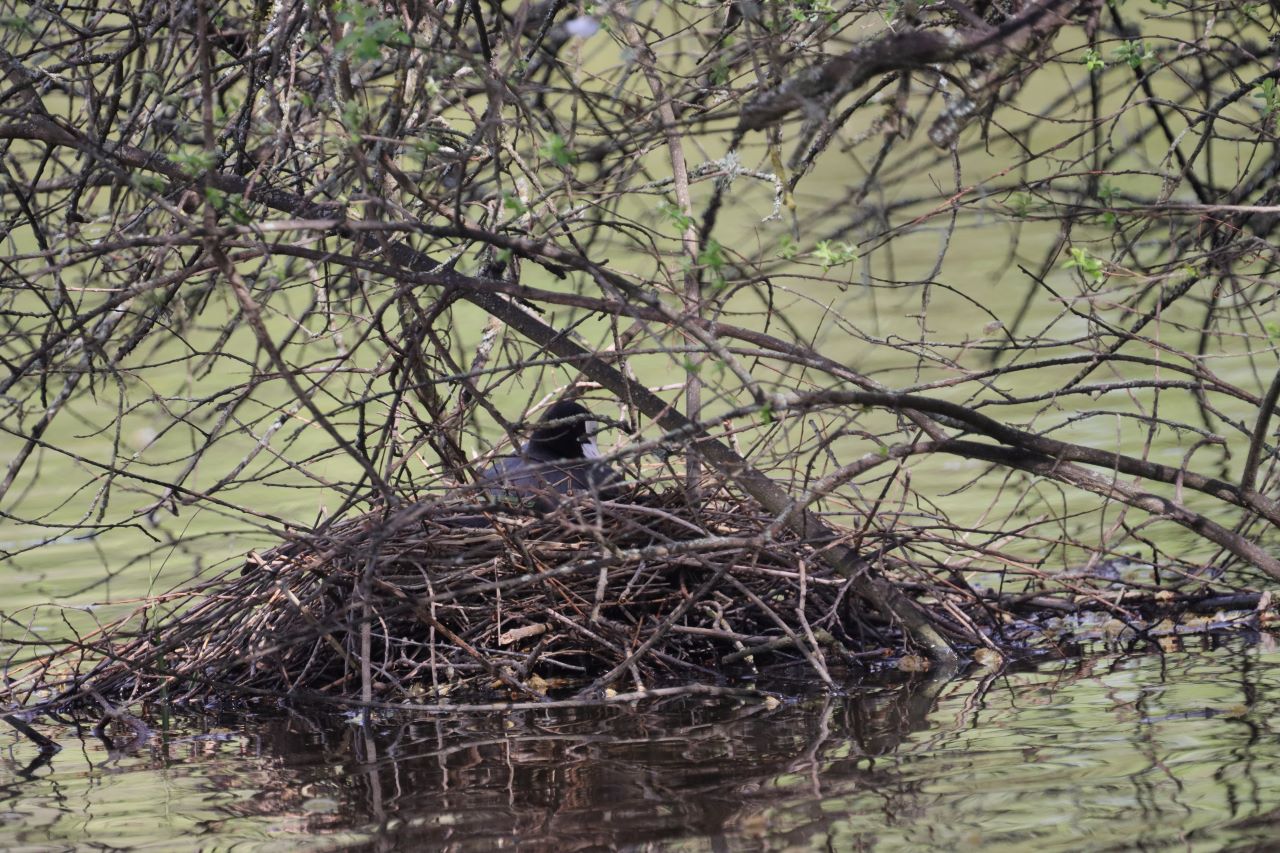
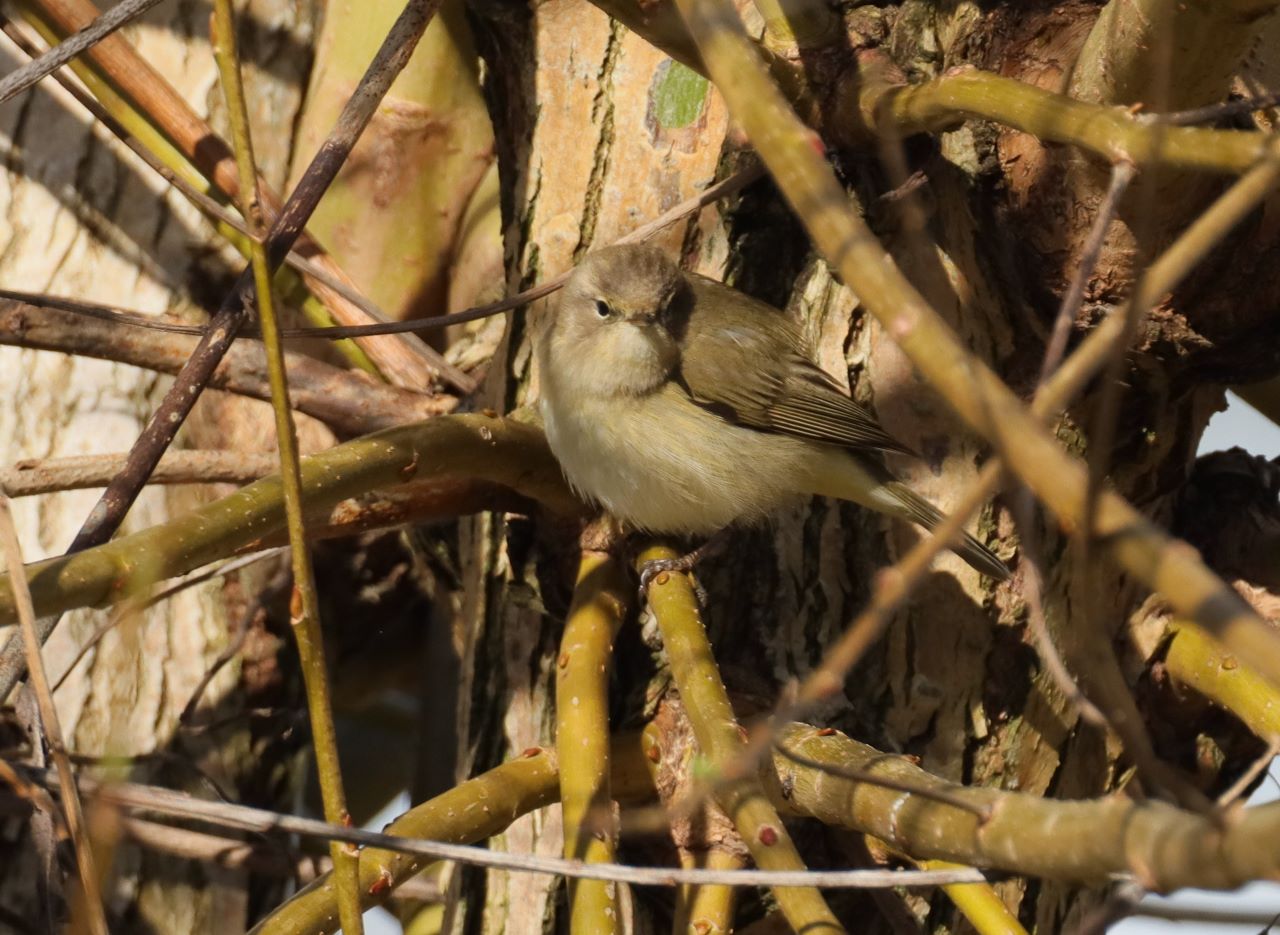
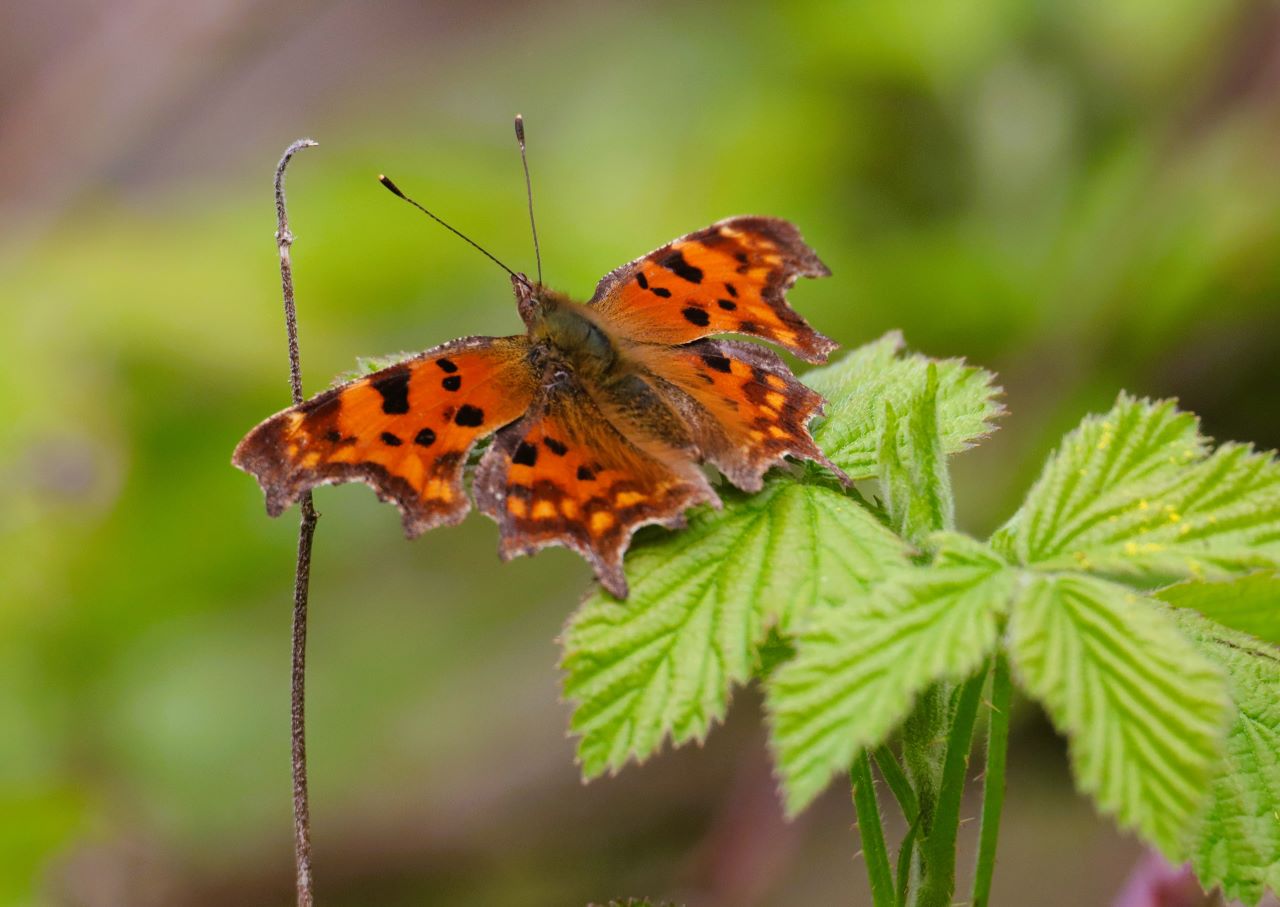

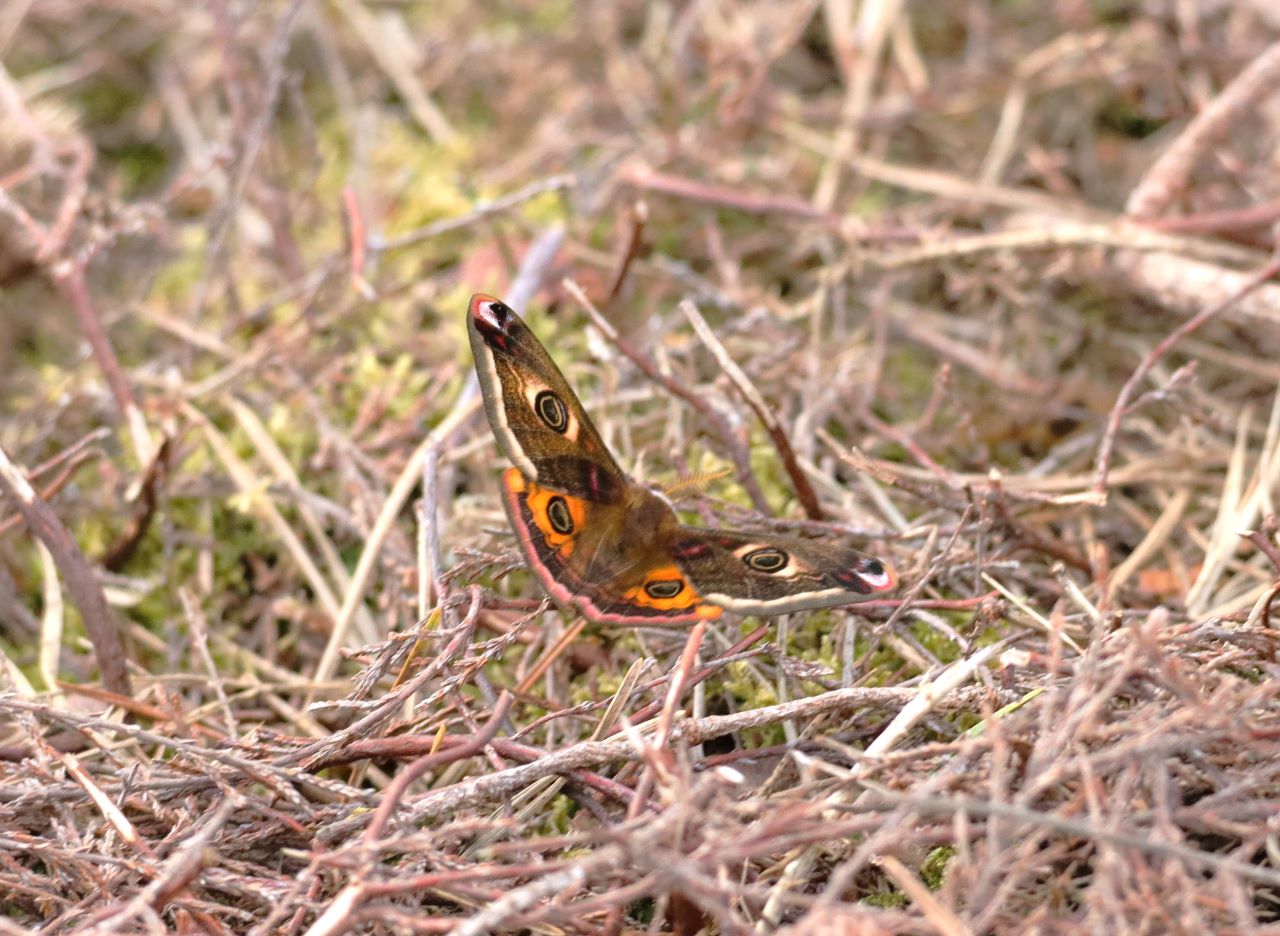

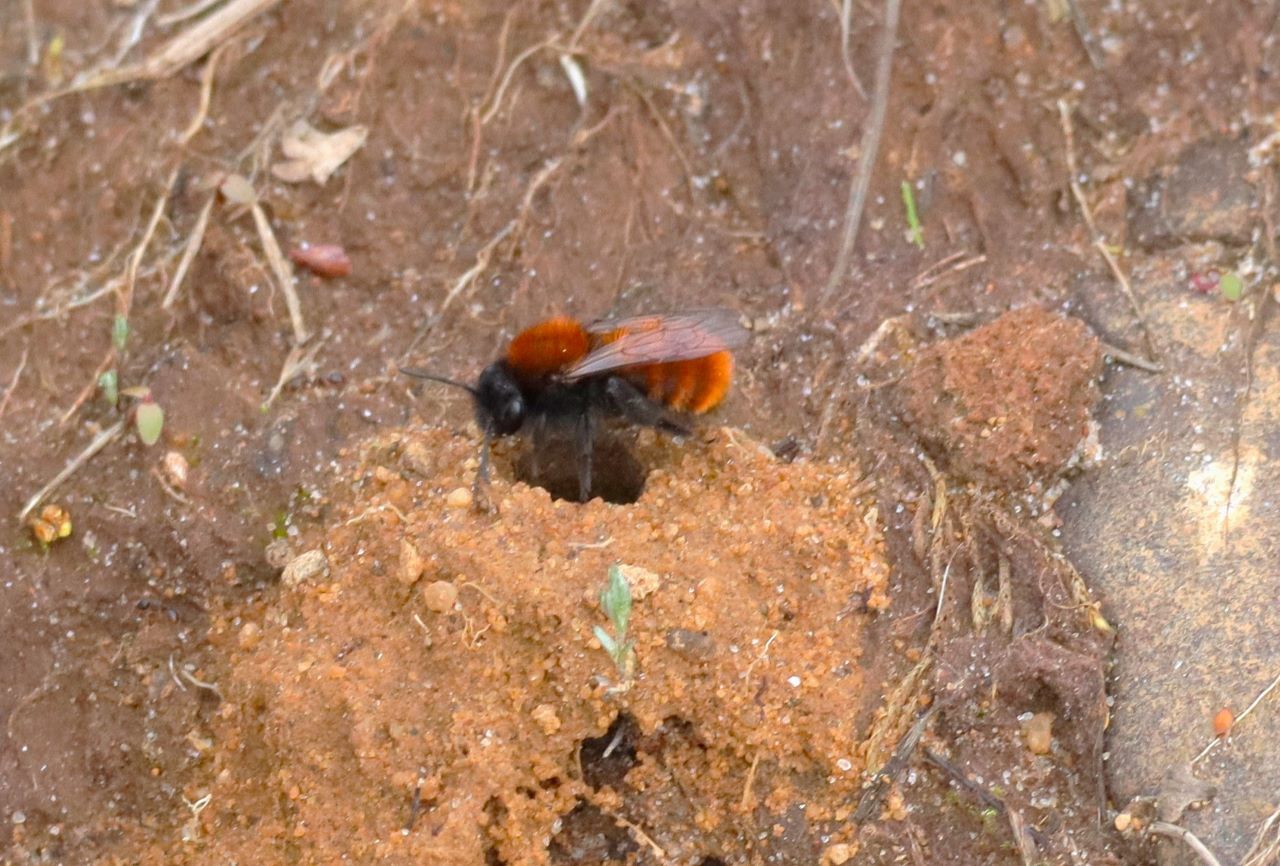
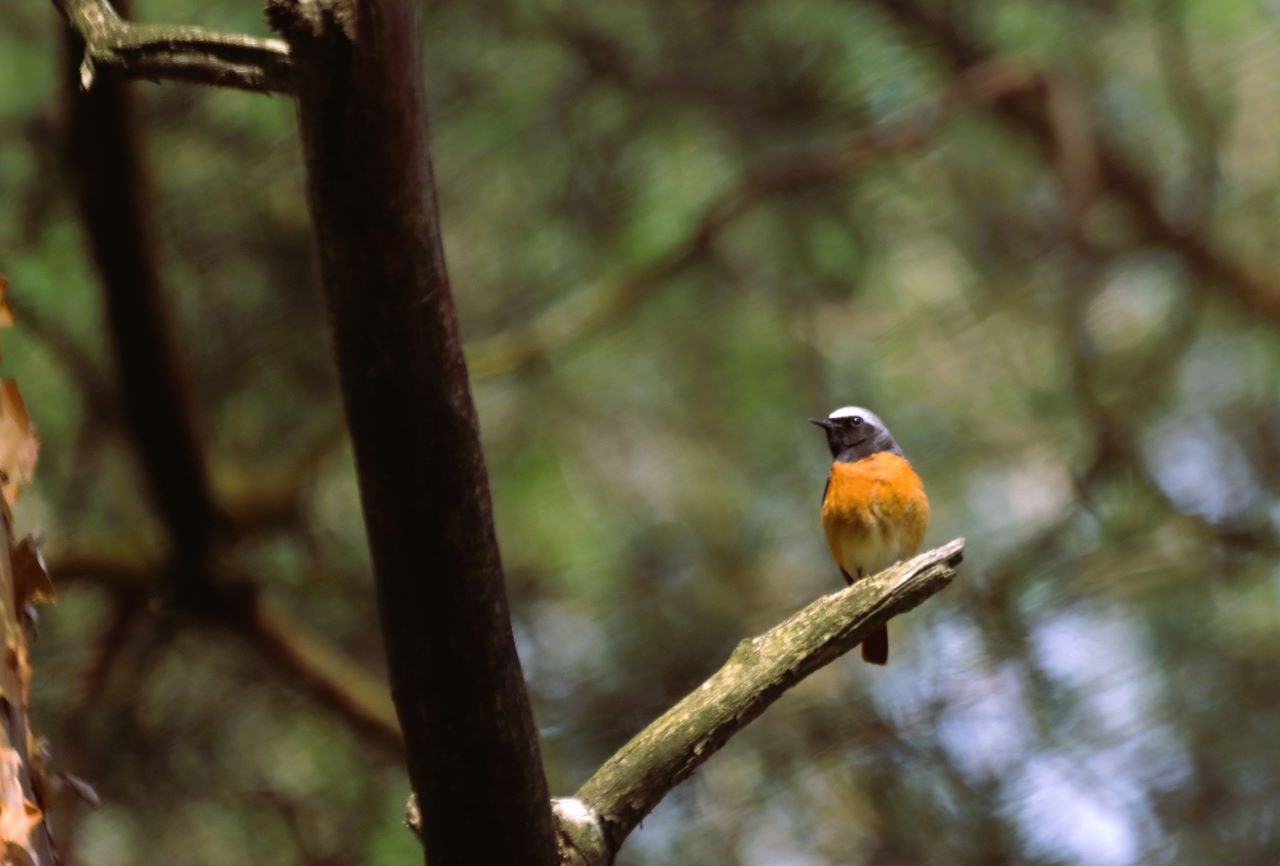
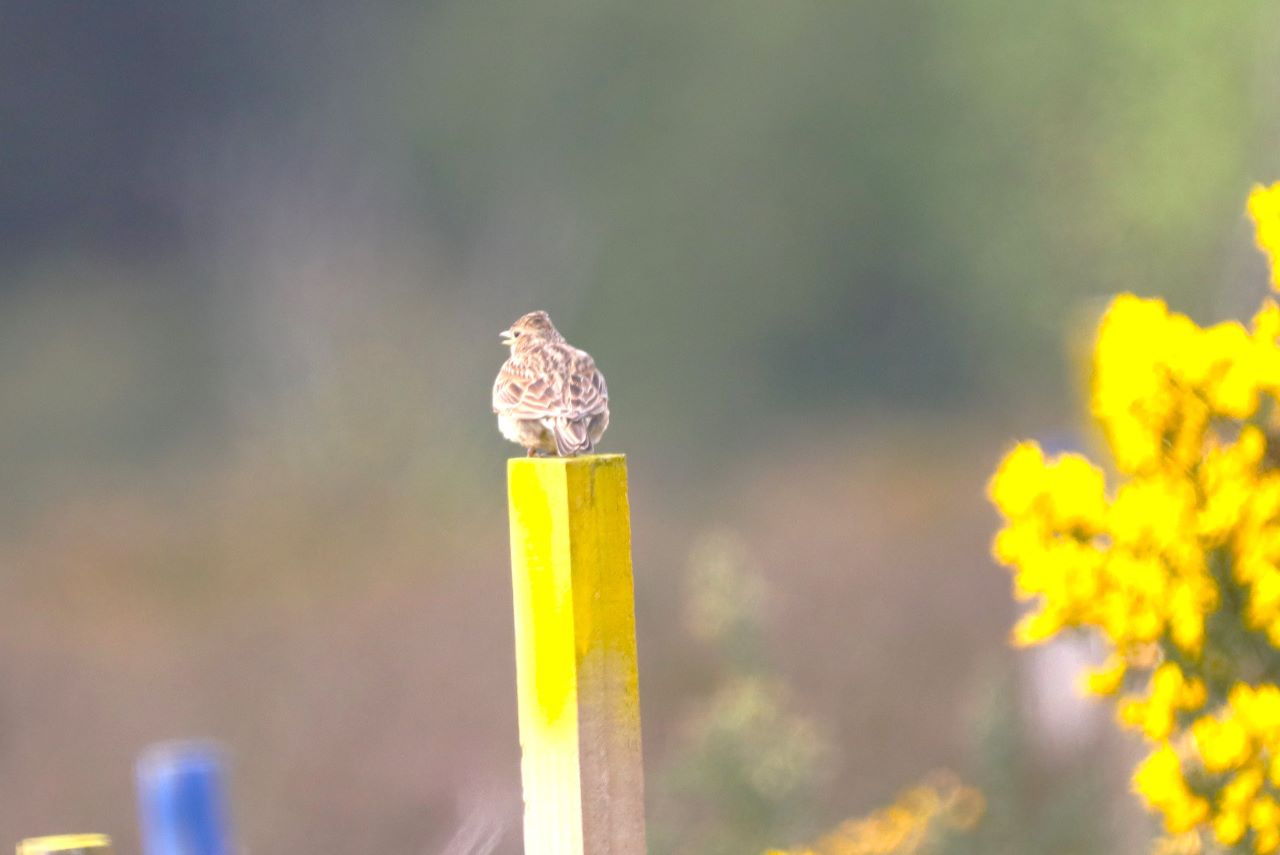
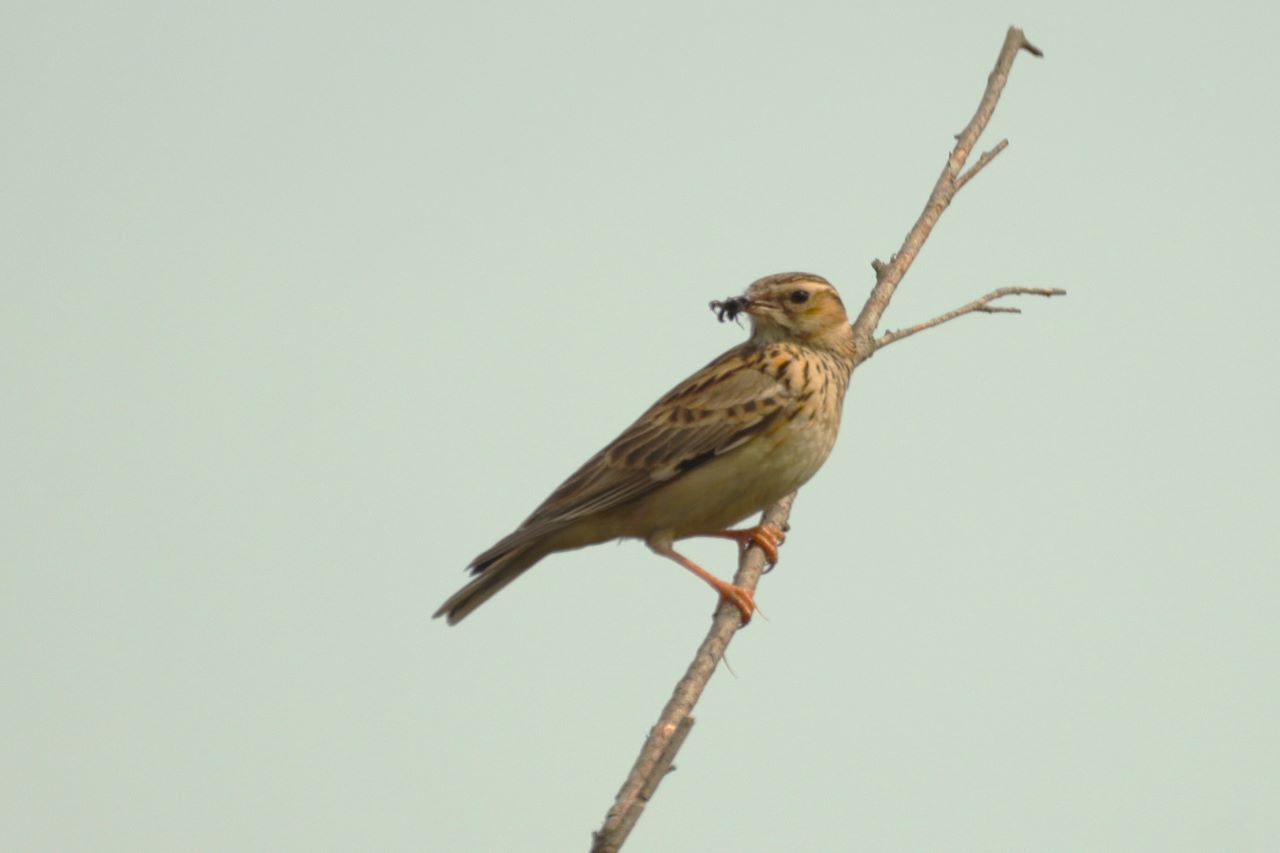
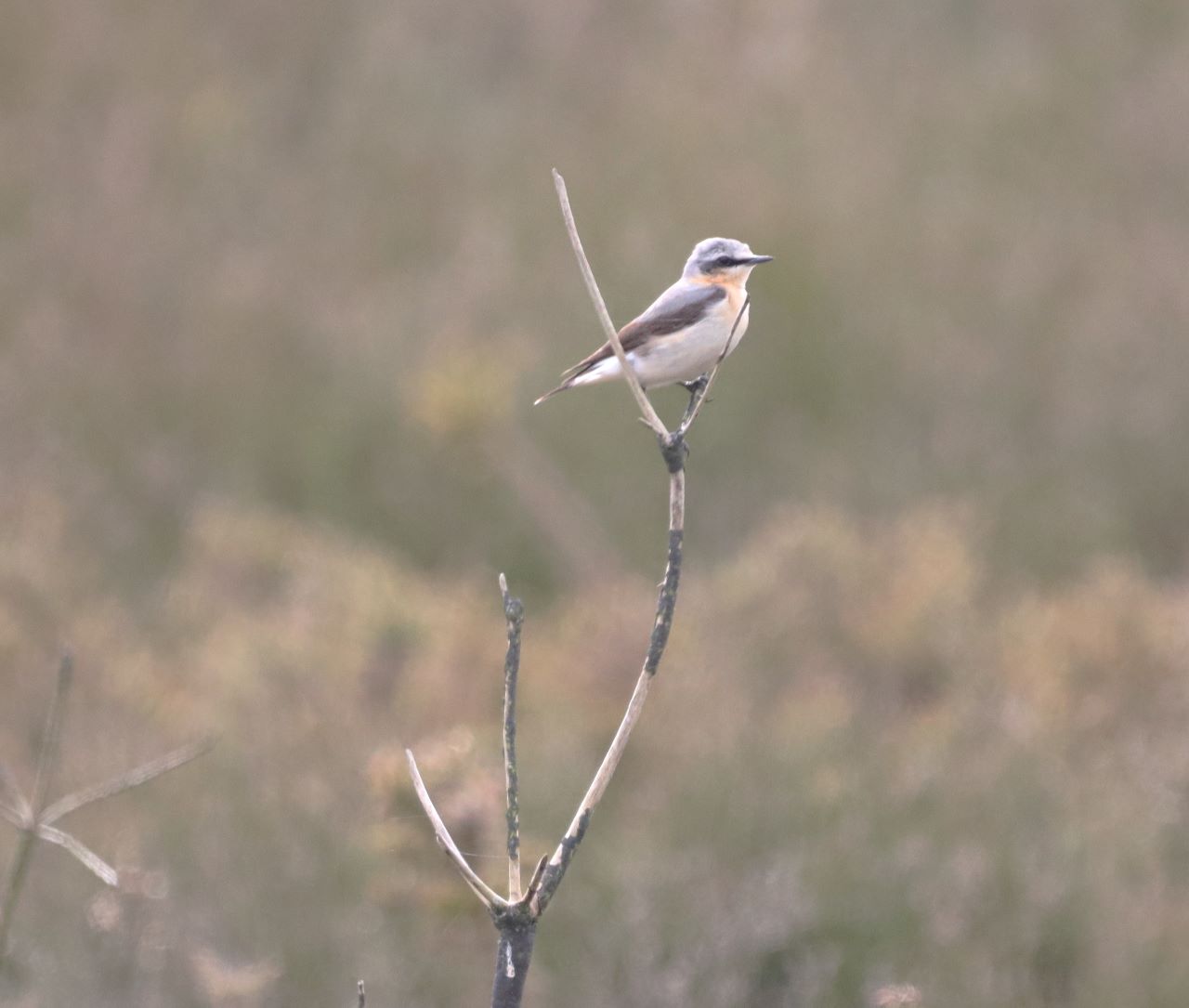
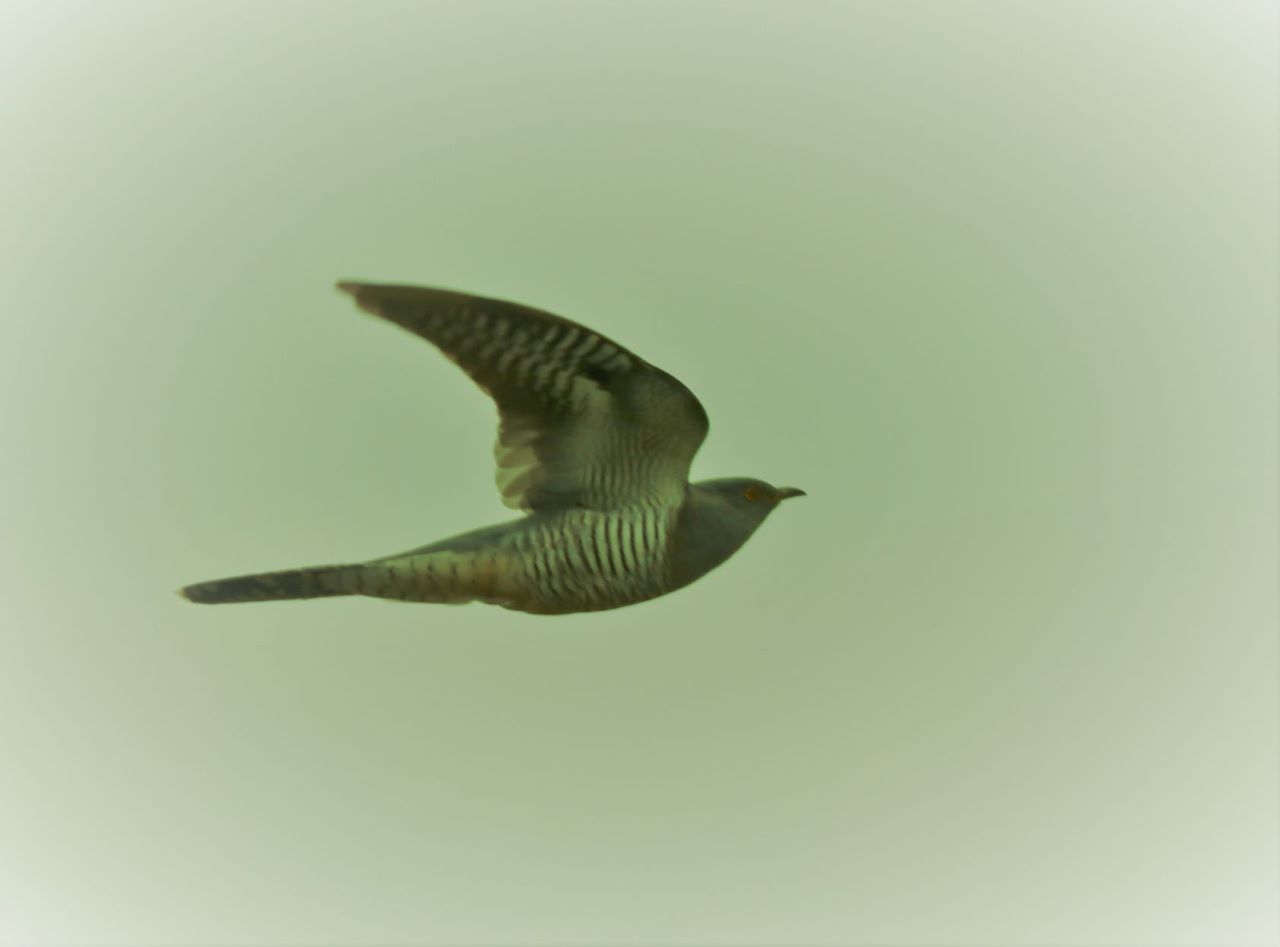
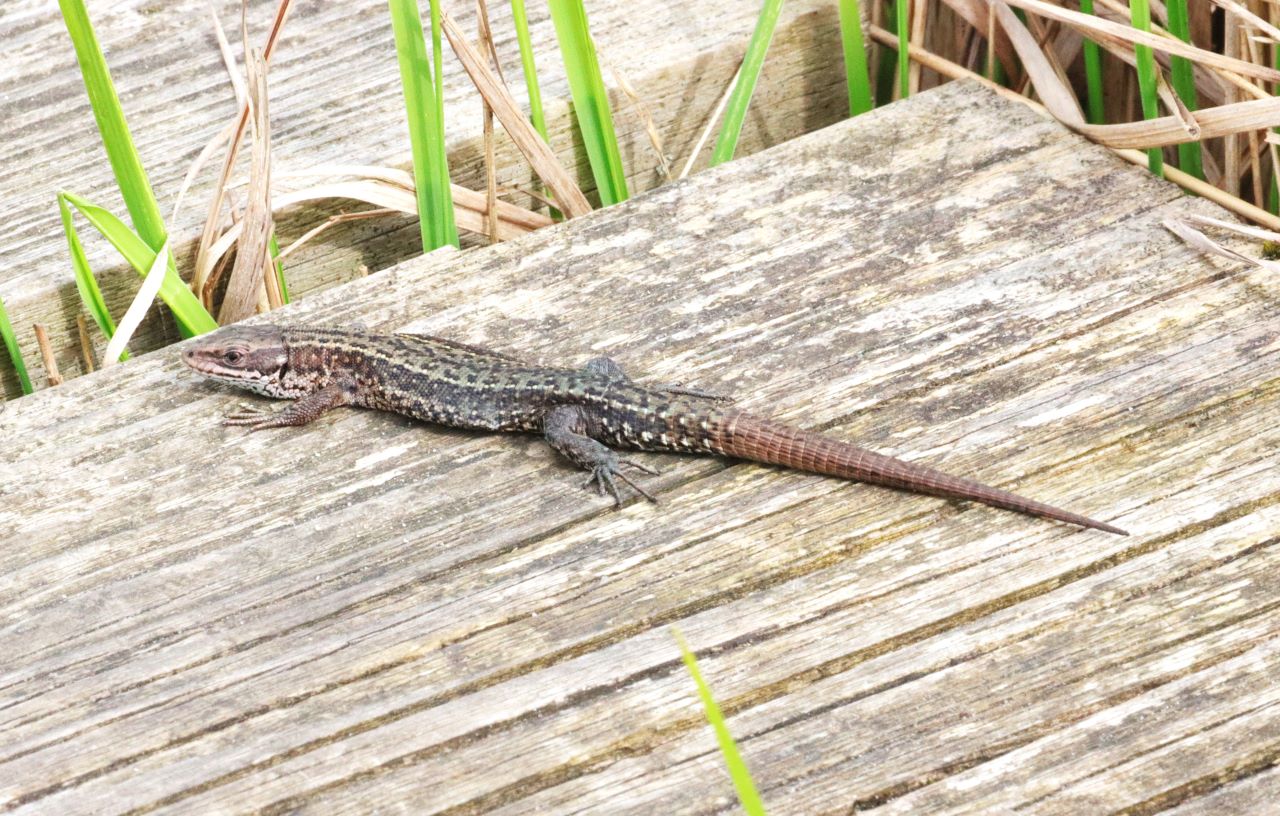

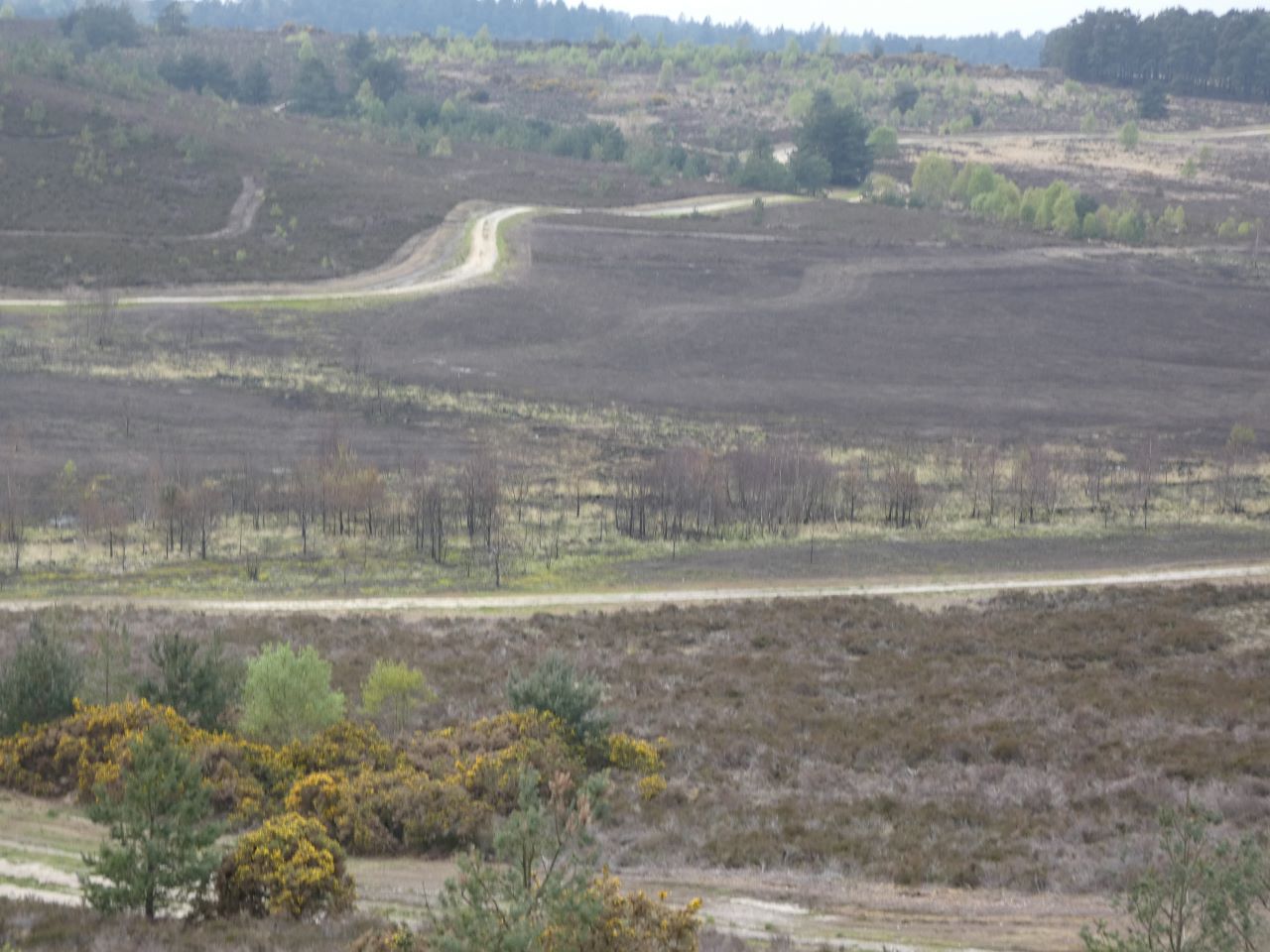
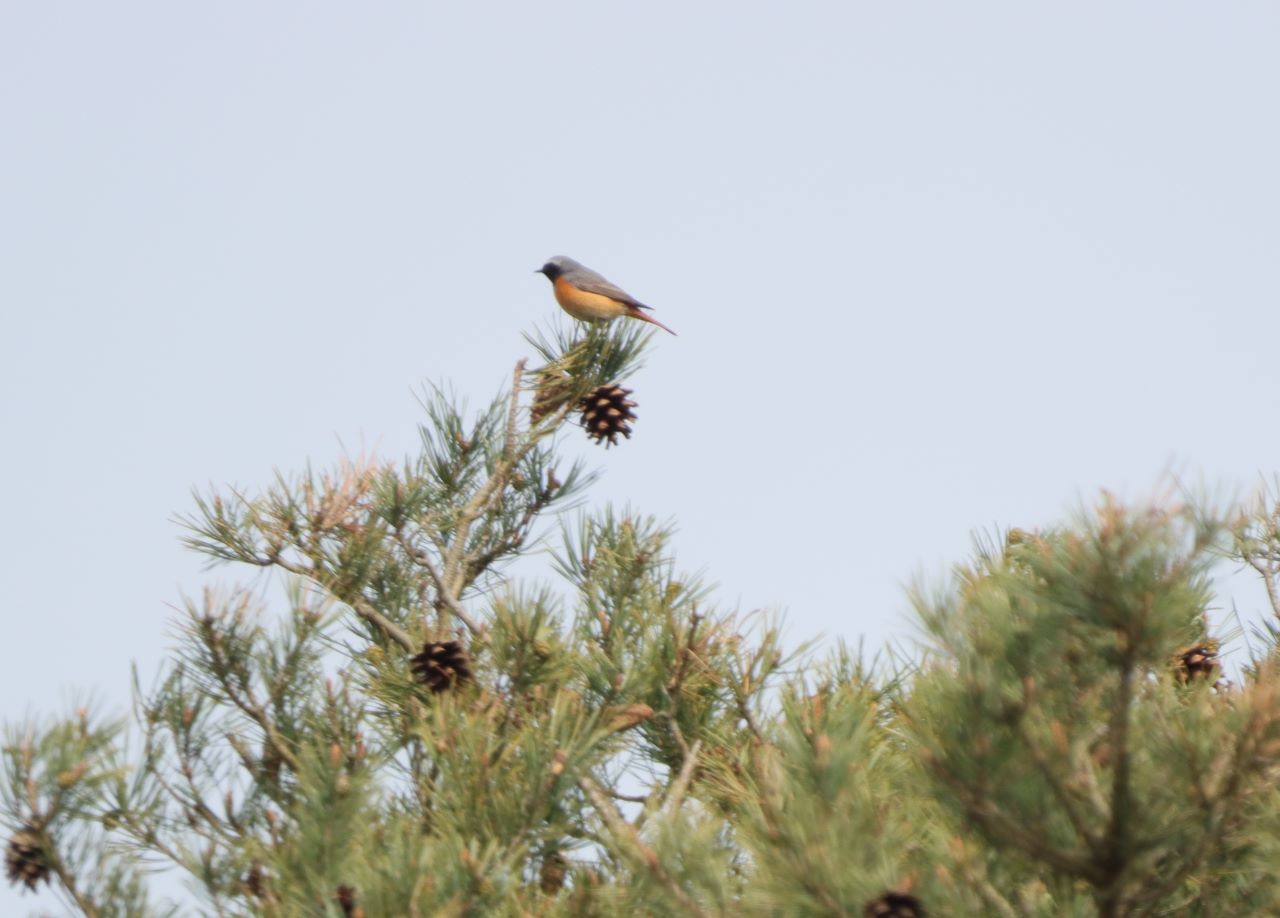
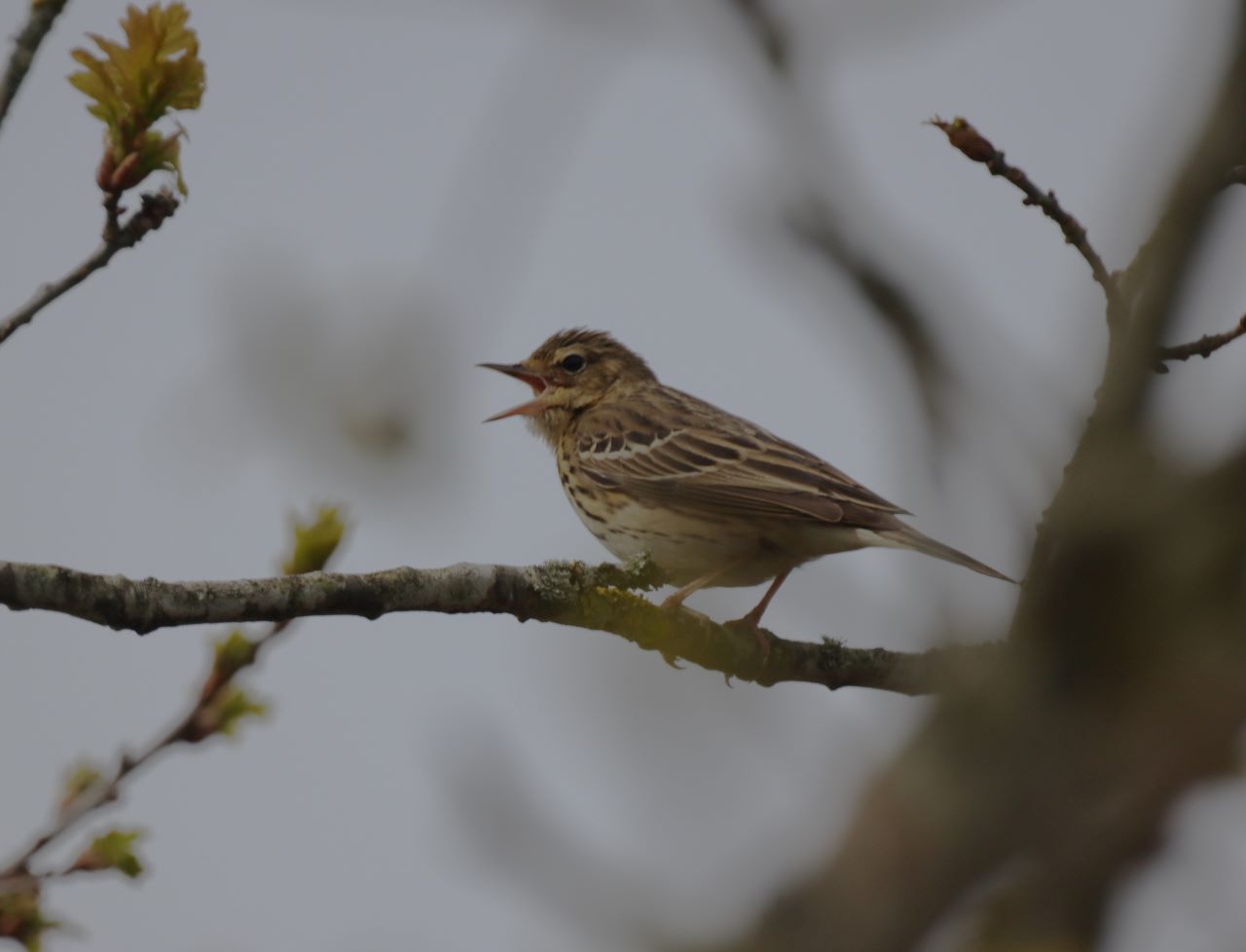
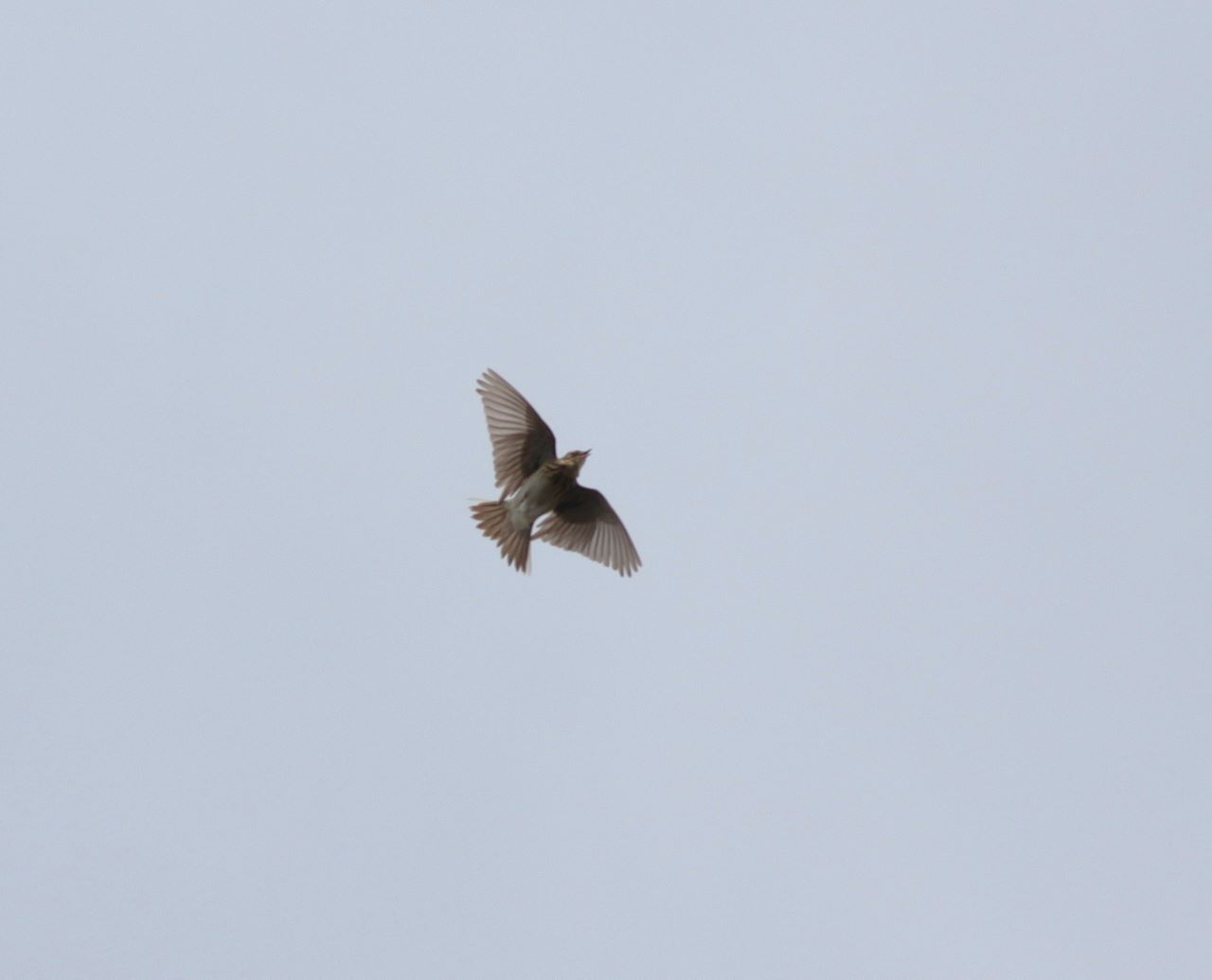



Jan Messinger
April 19, 2024 at 7:34 pm
Stunning as always. Looking forward to report 303.
Roland Dunster
April 22, 2024 at 9:16 pm
All so uplifting as always, particularly the emperor moth, nightingales and cuckoo! A tribute to all those who work so hard to protect, enhance, expand and connect our beautiful countryside.